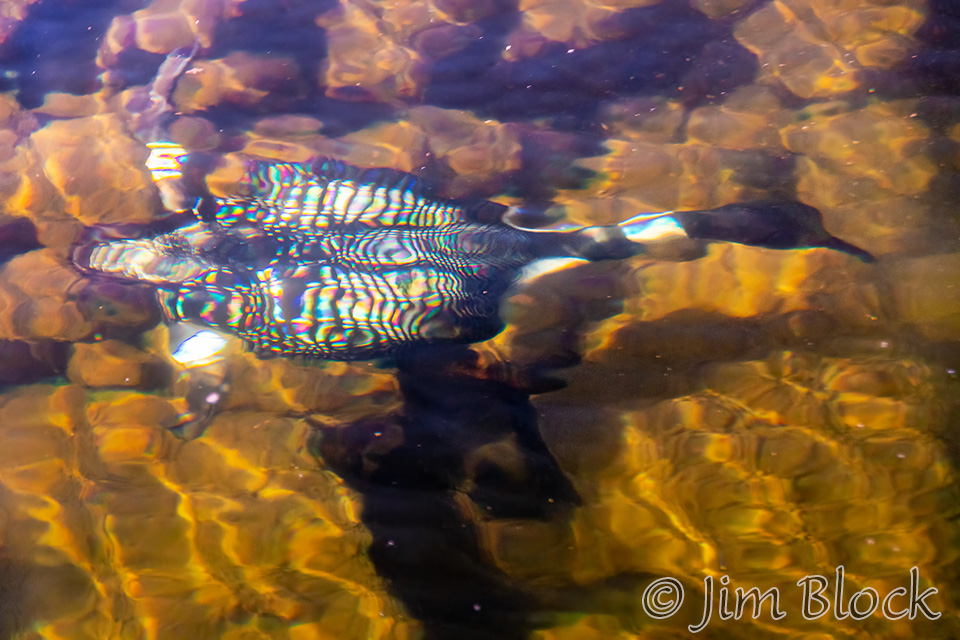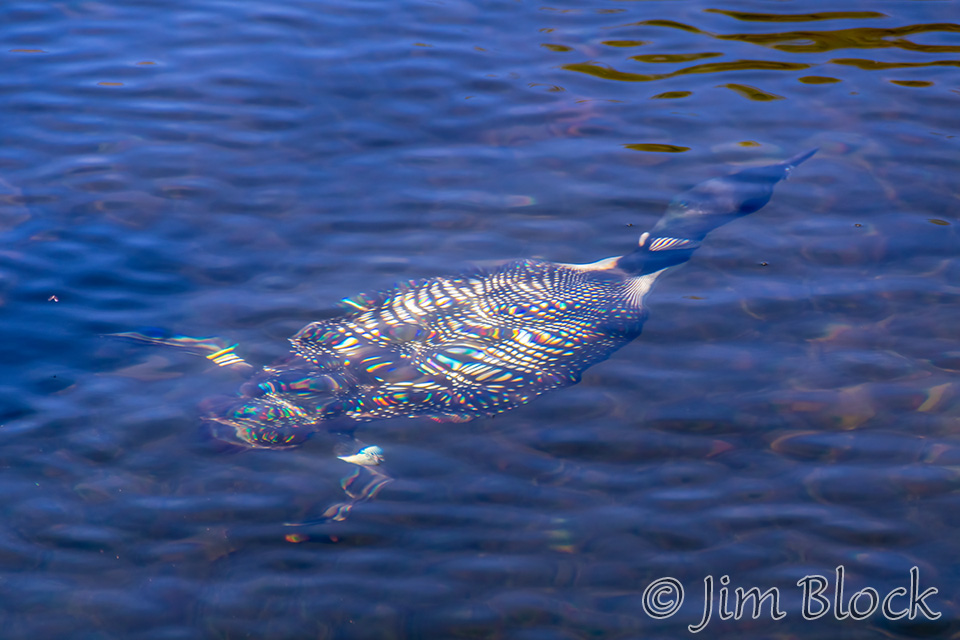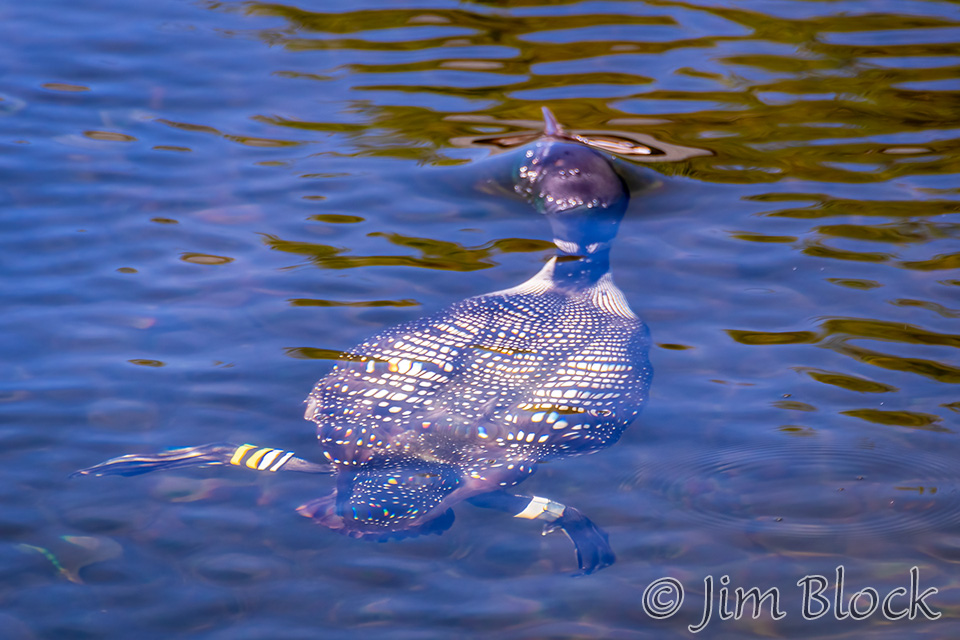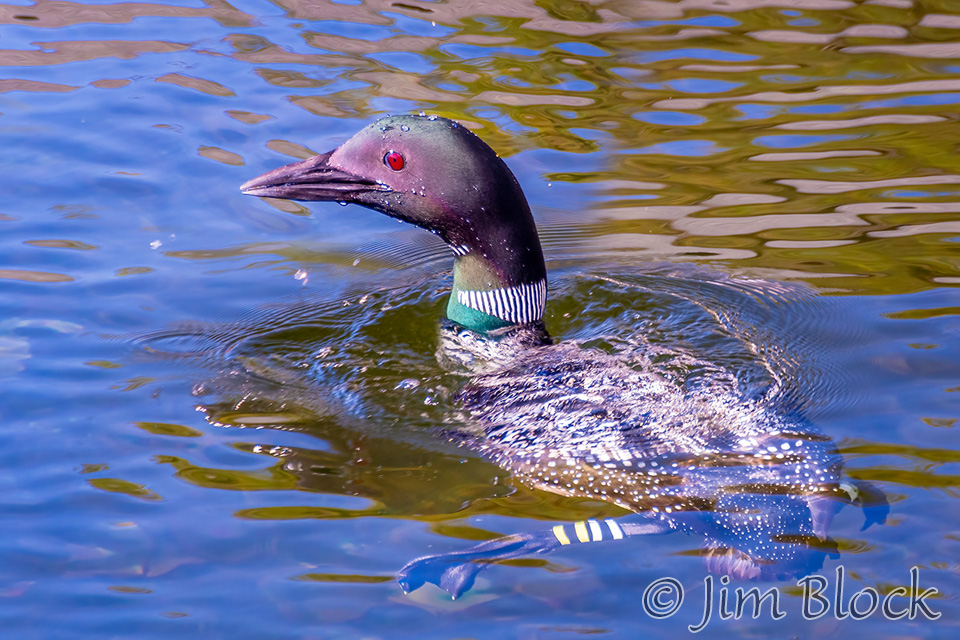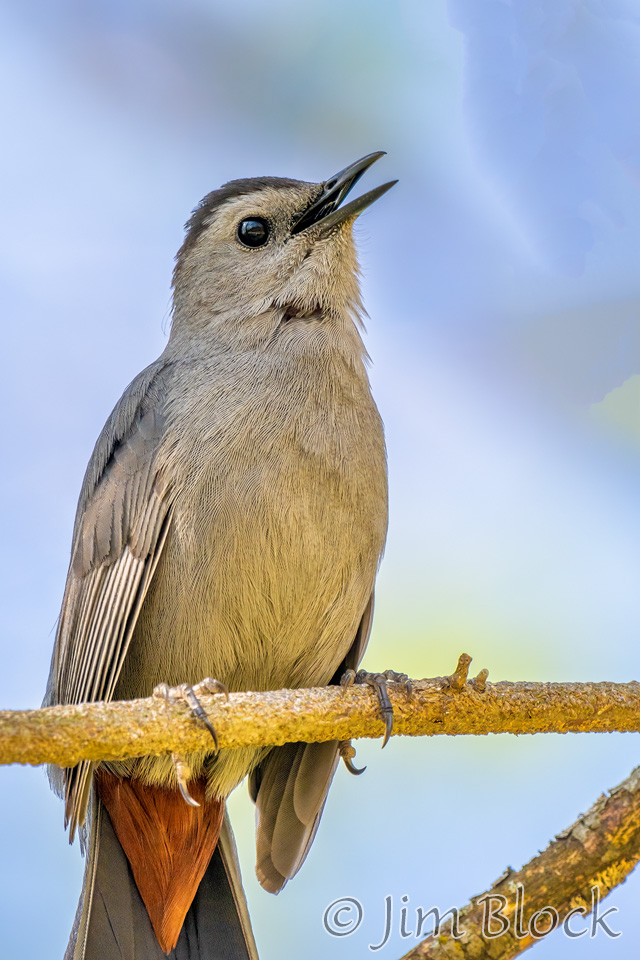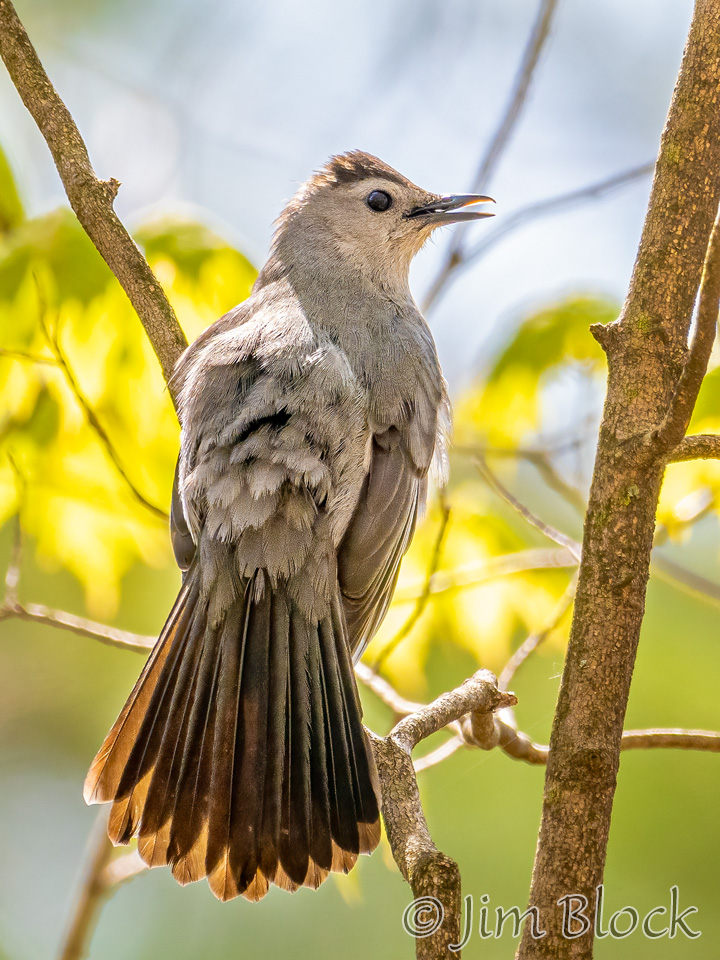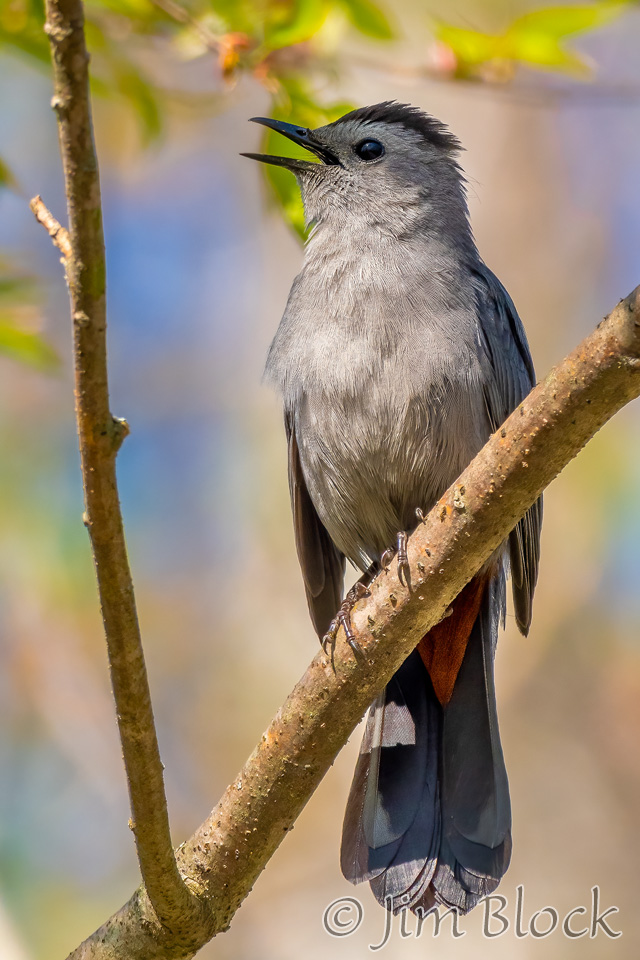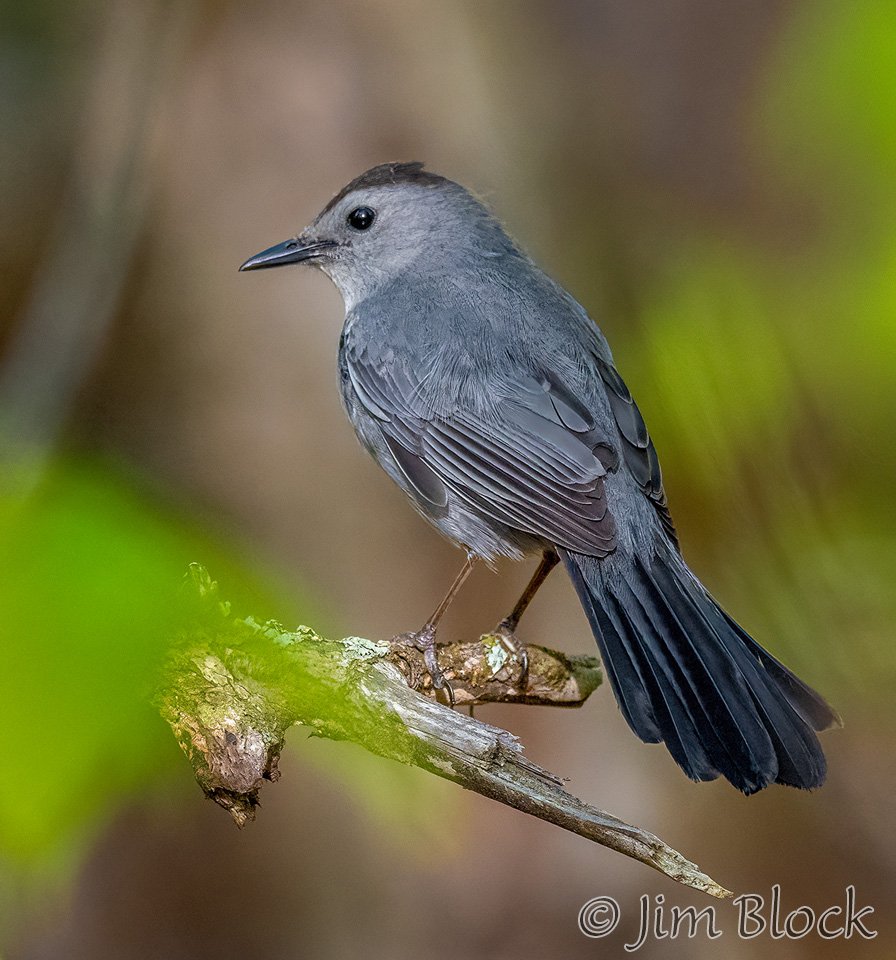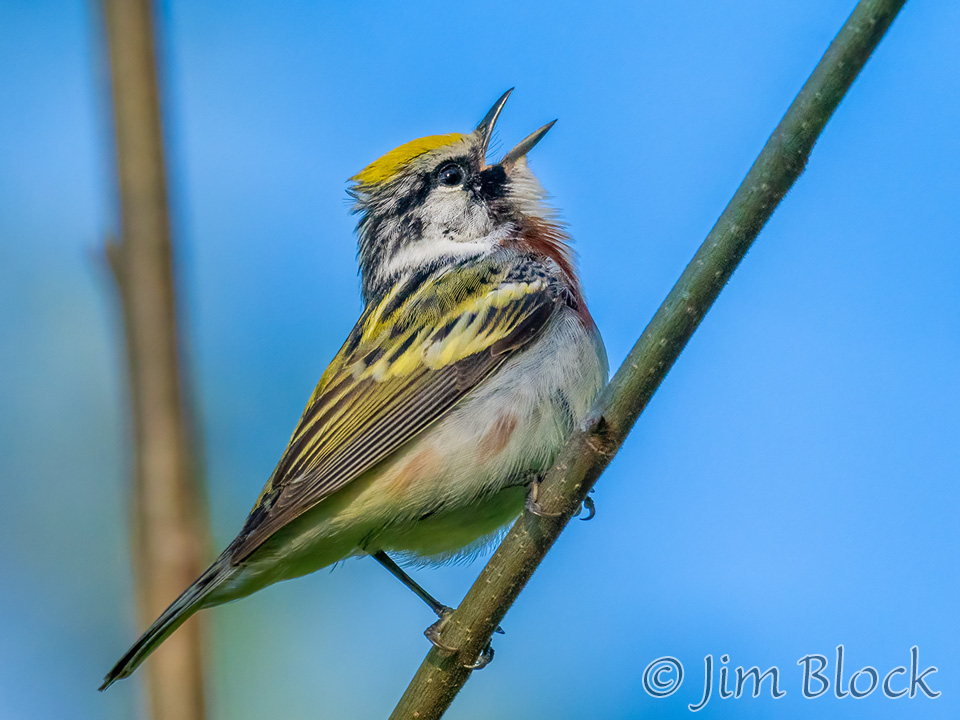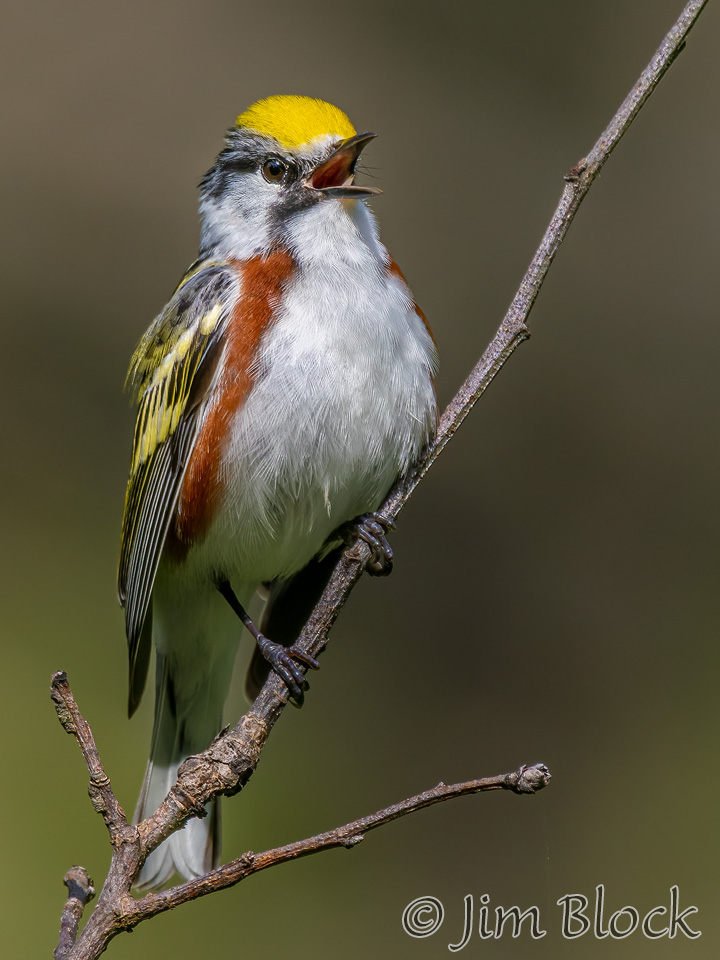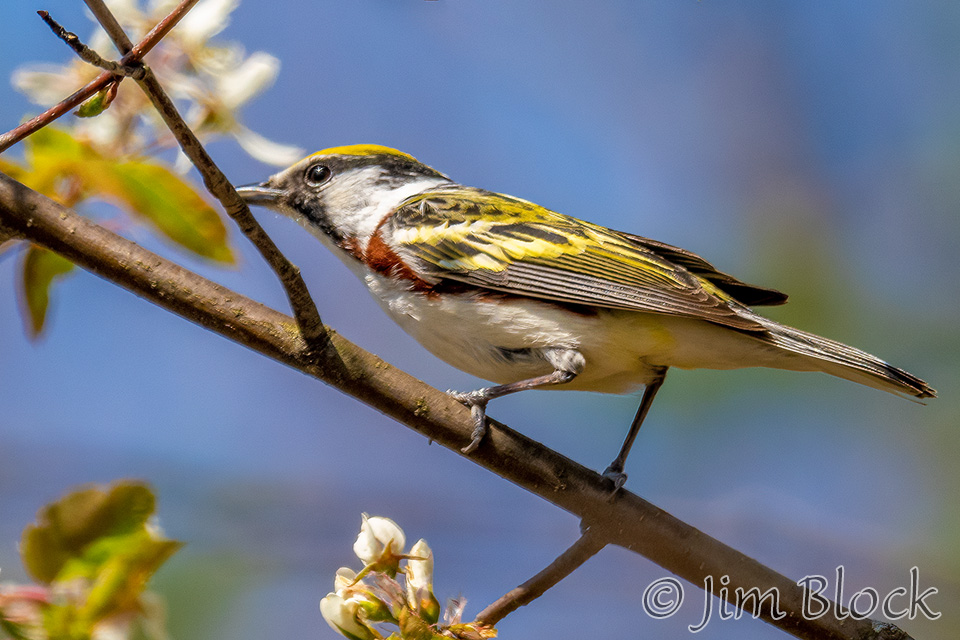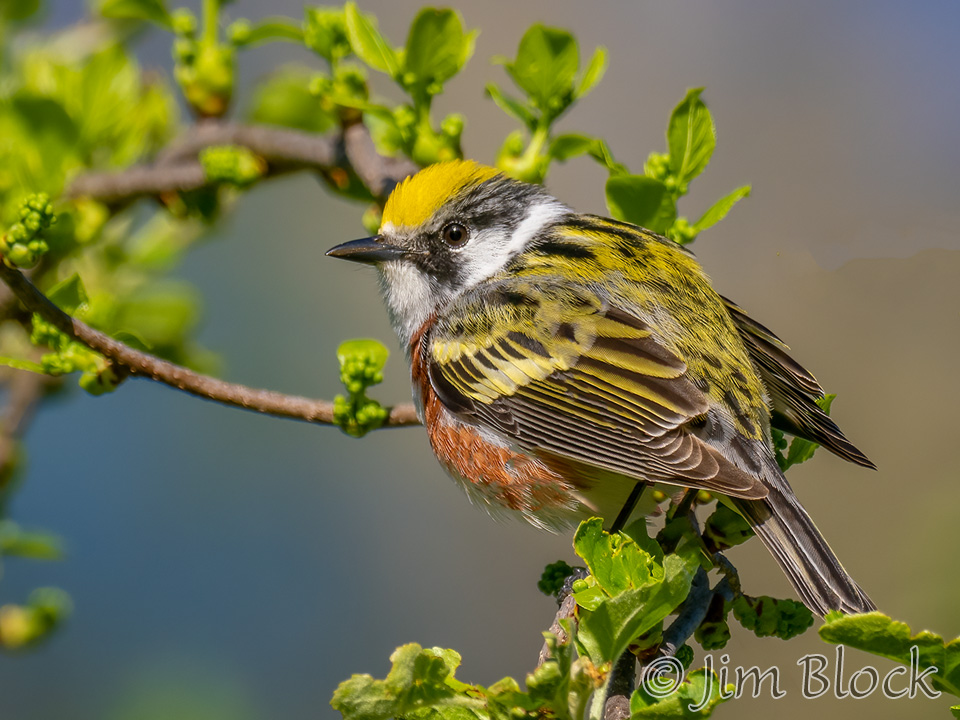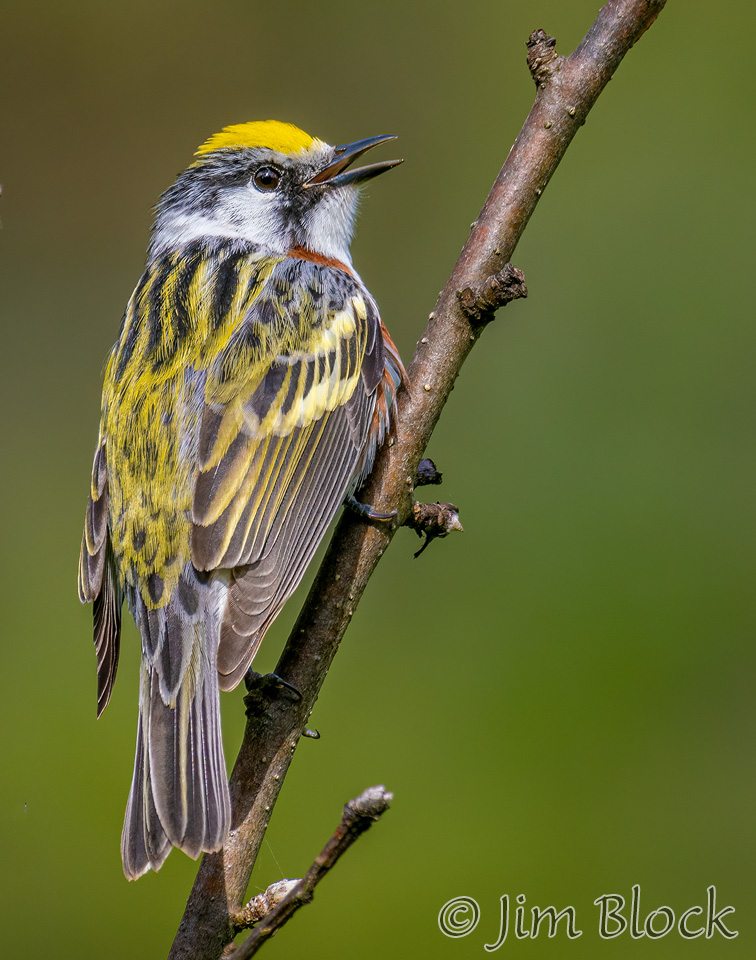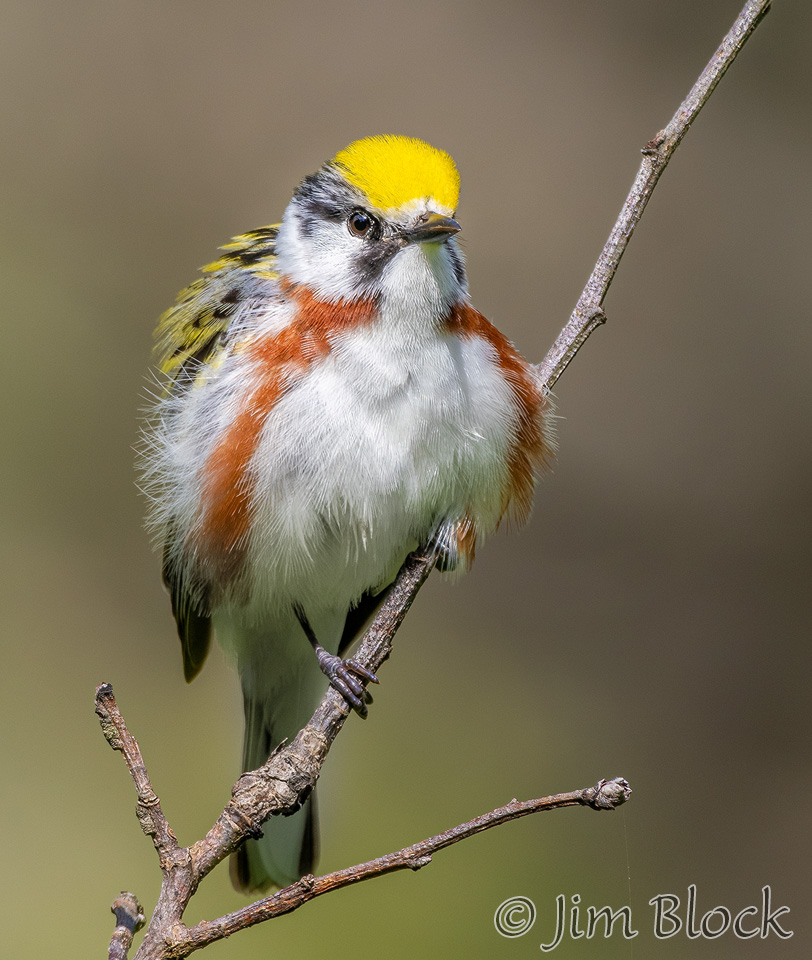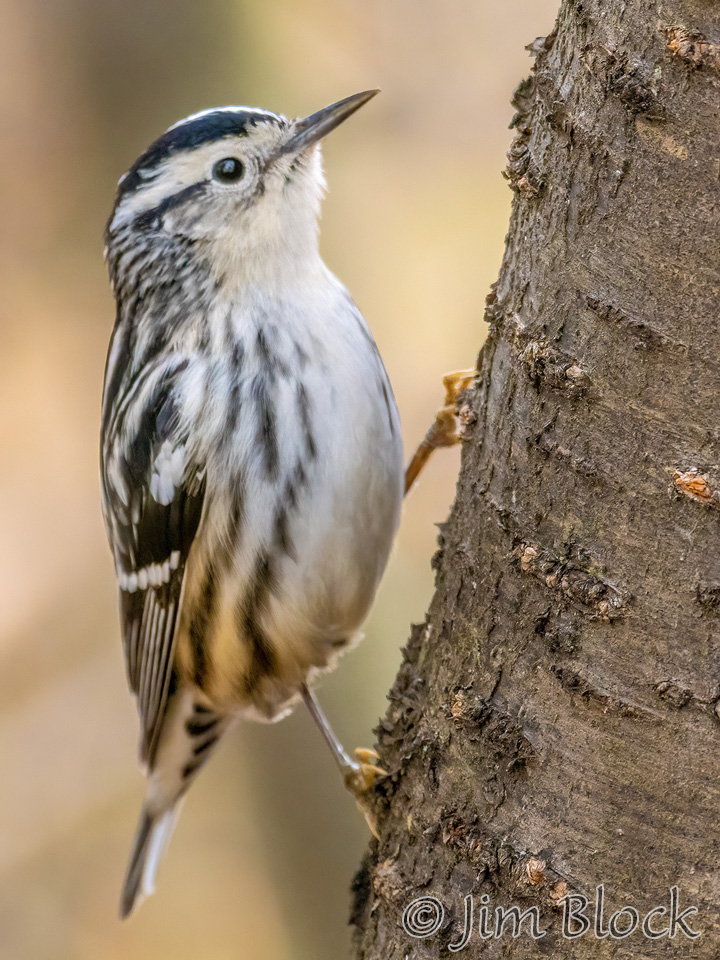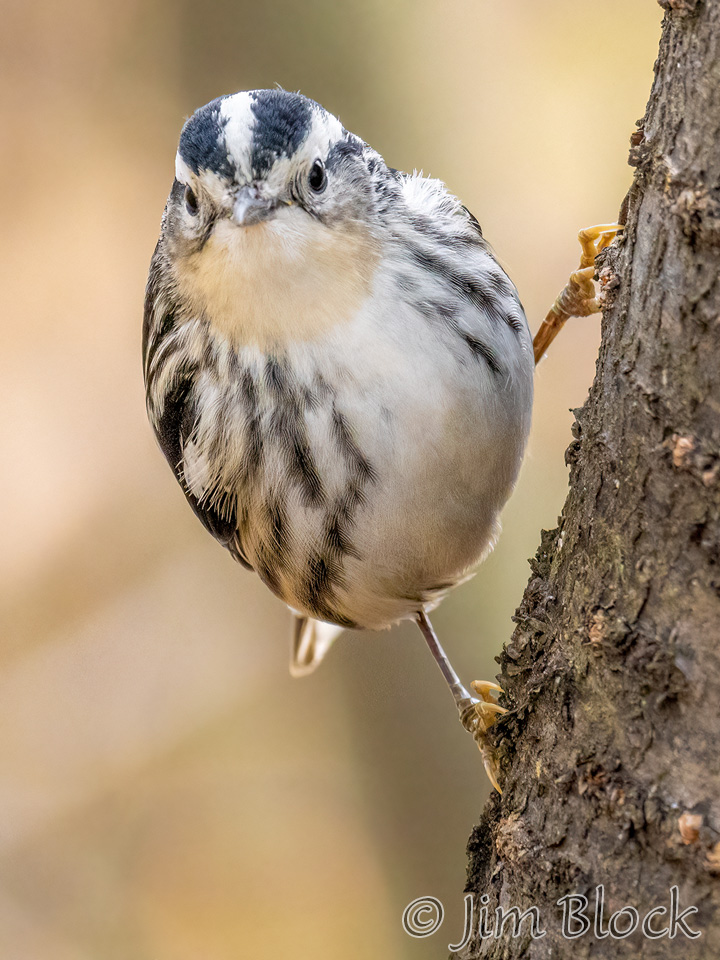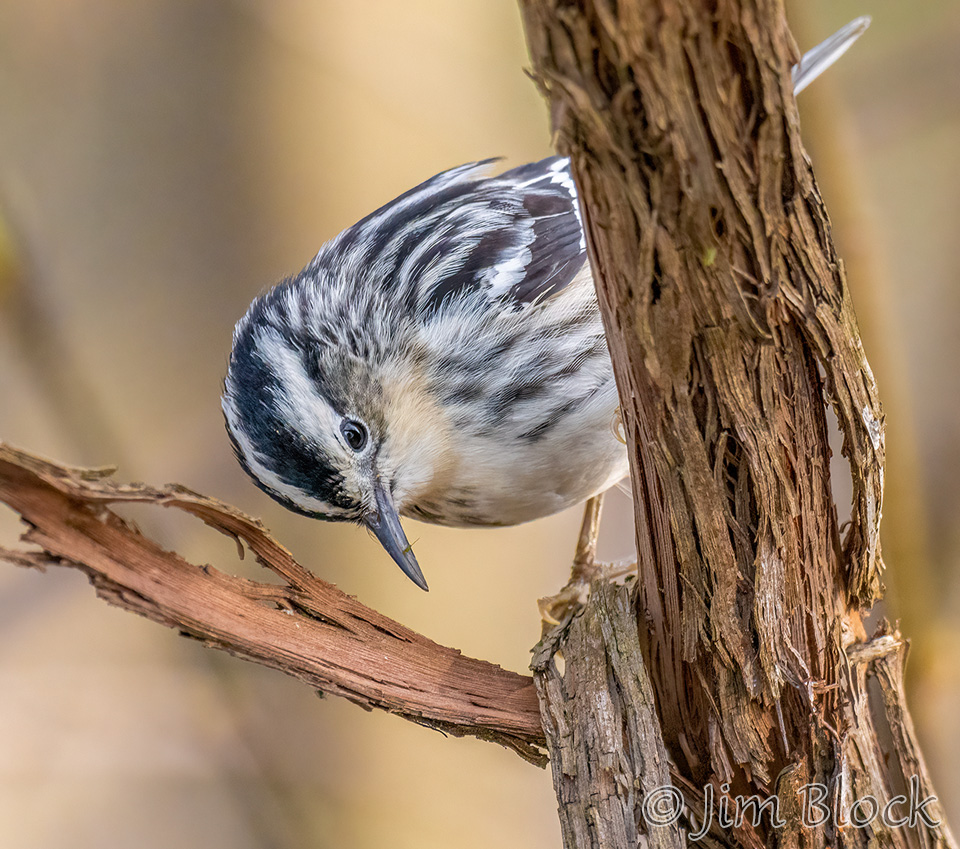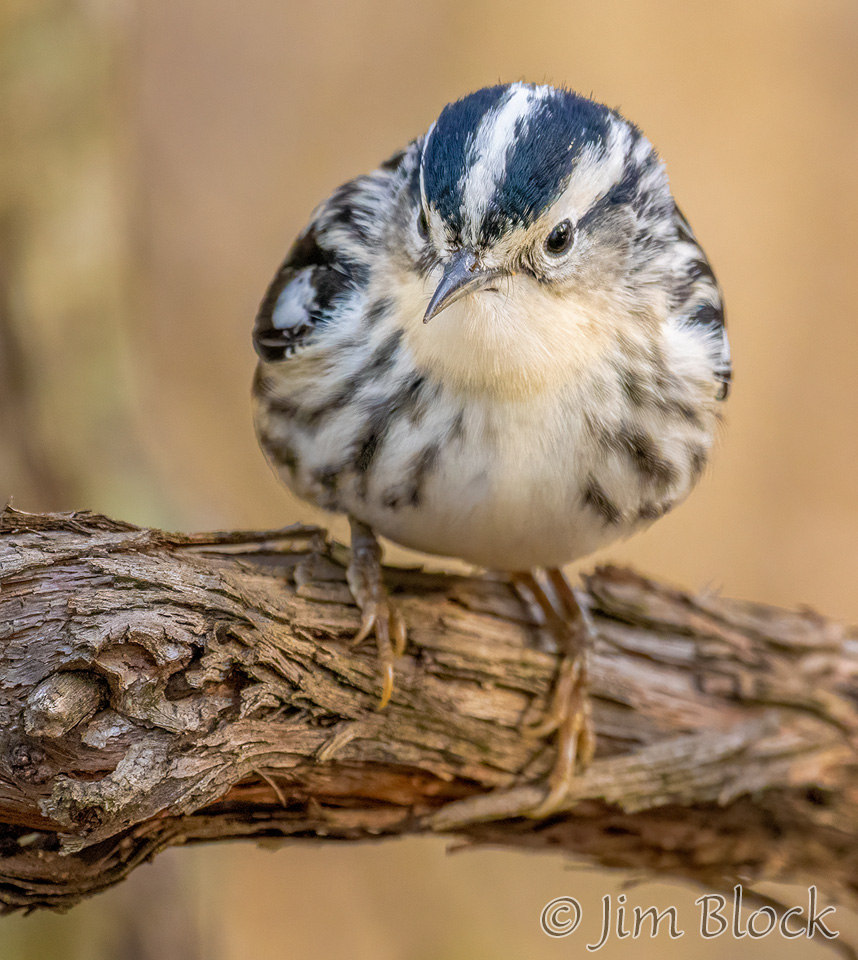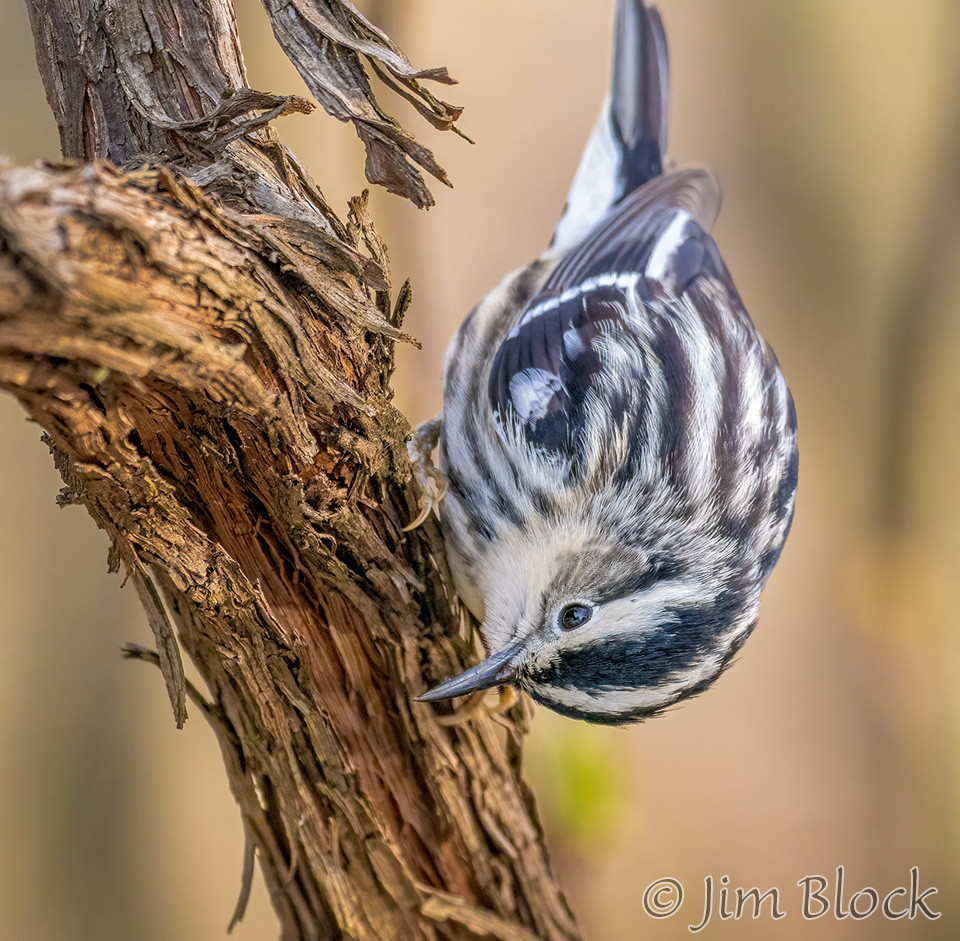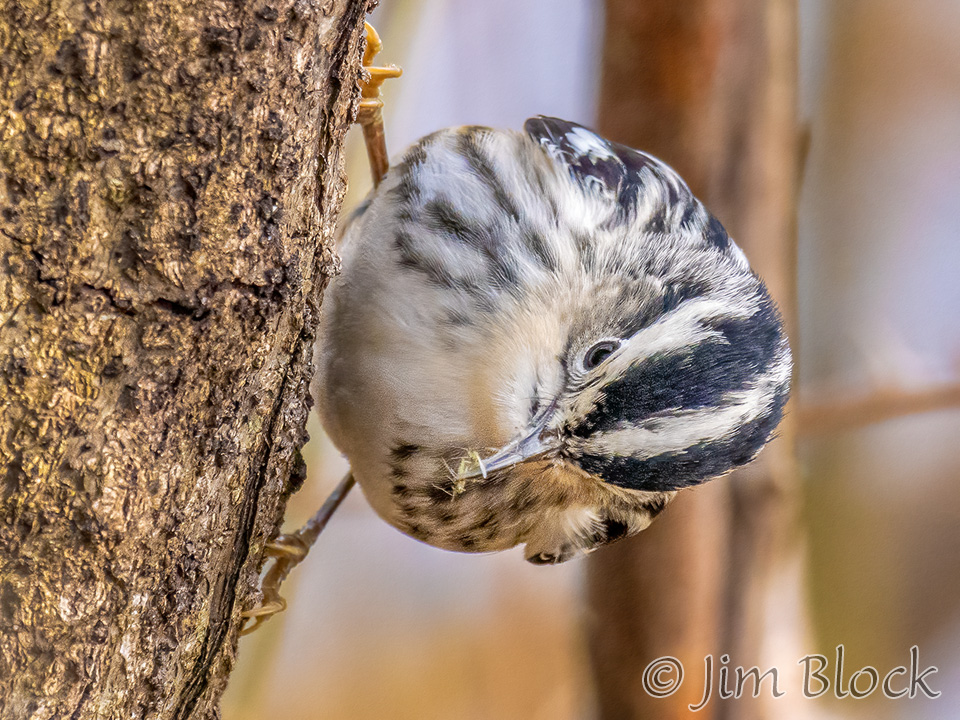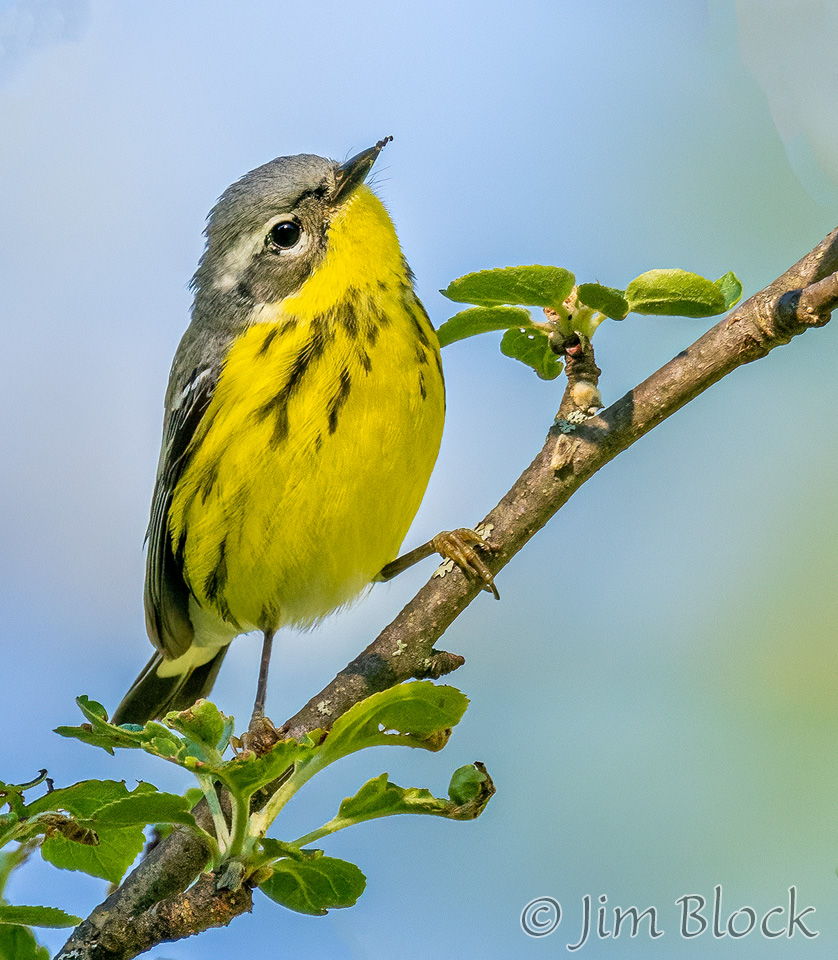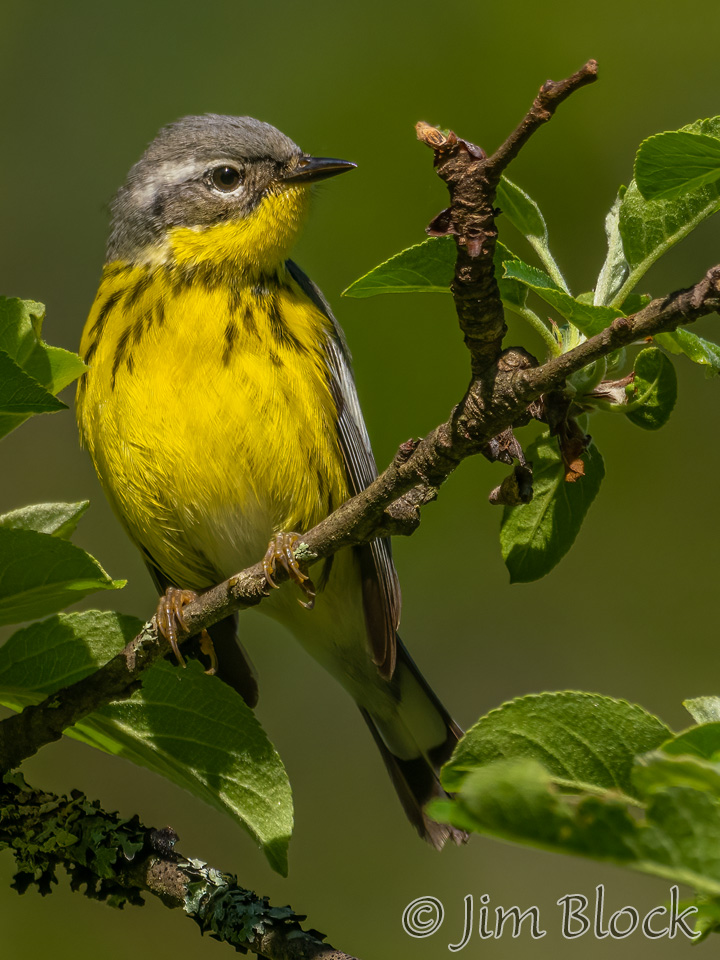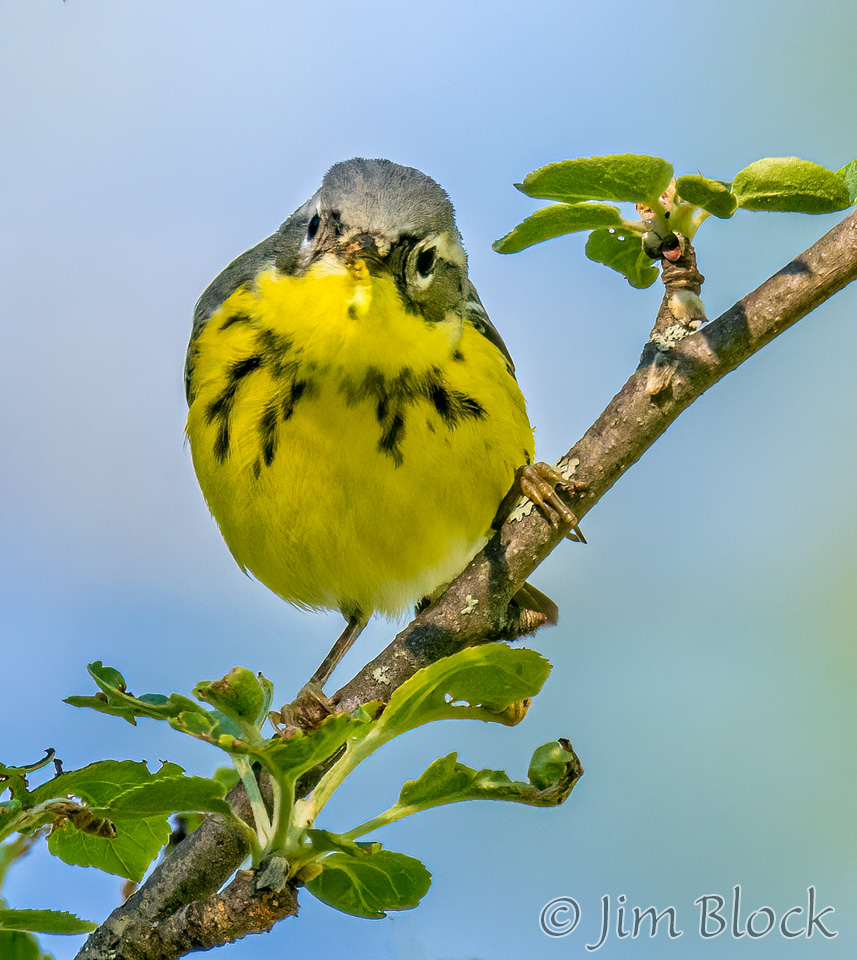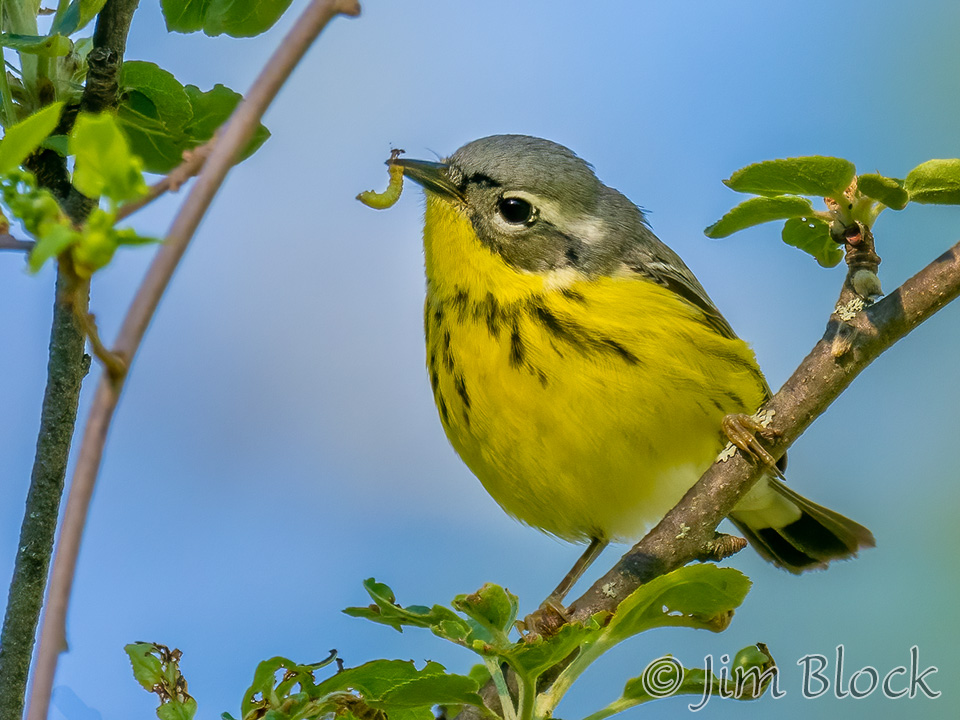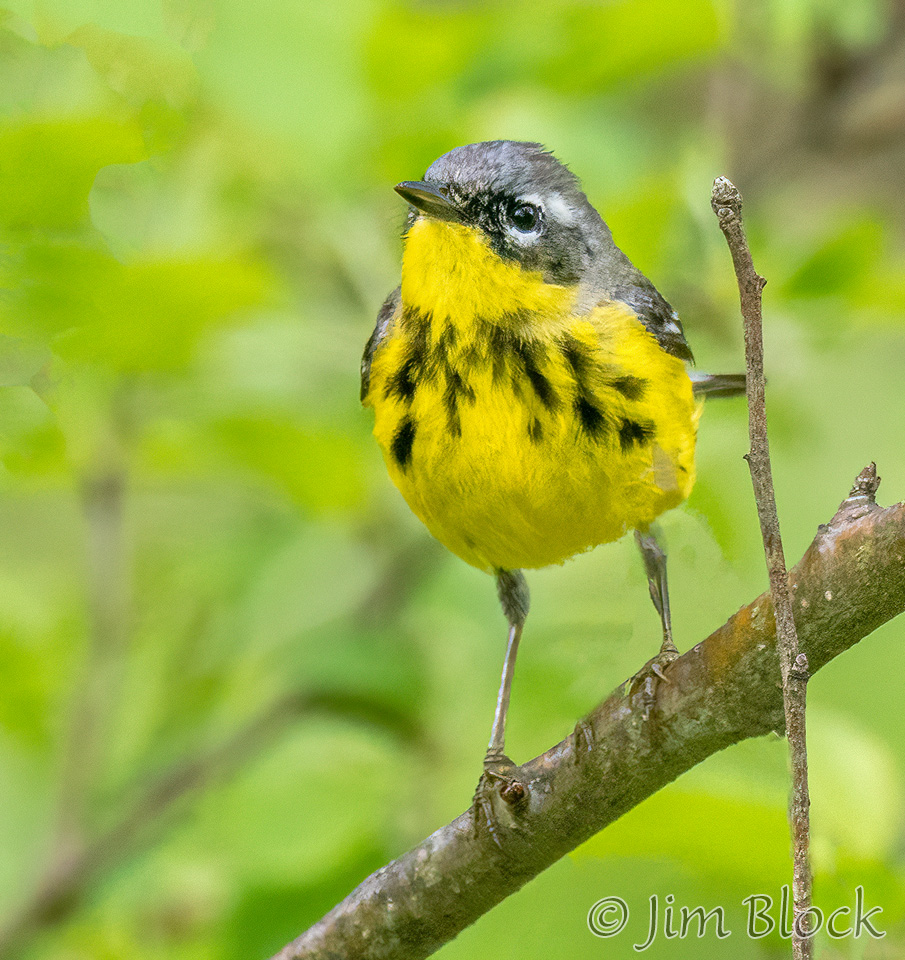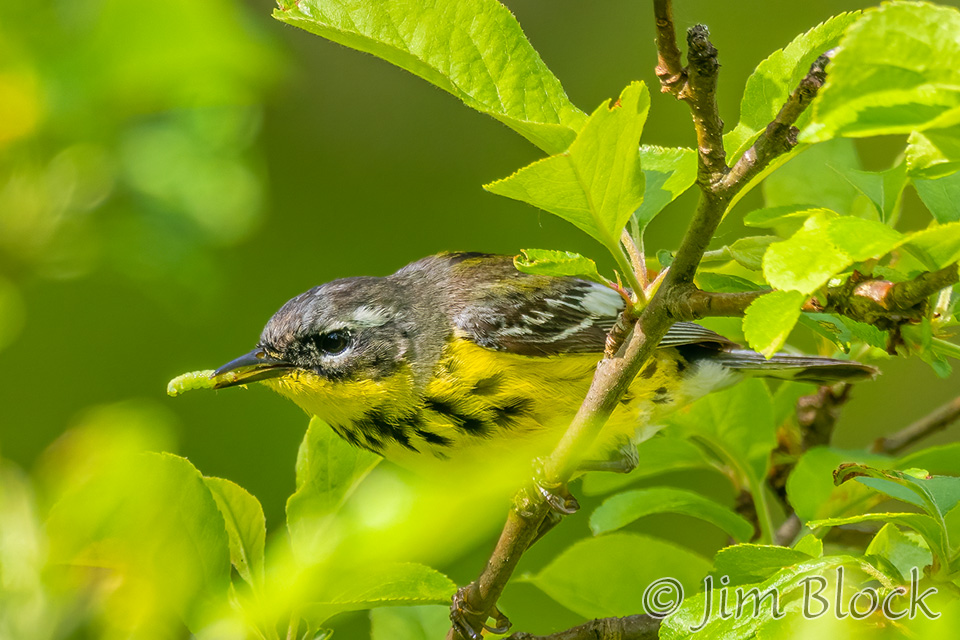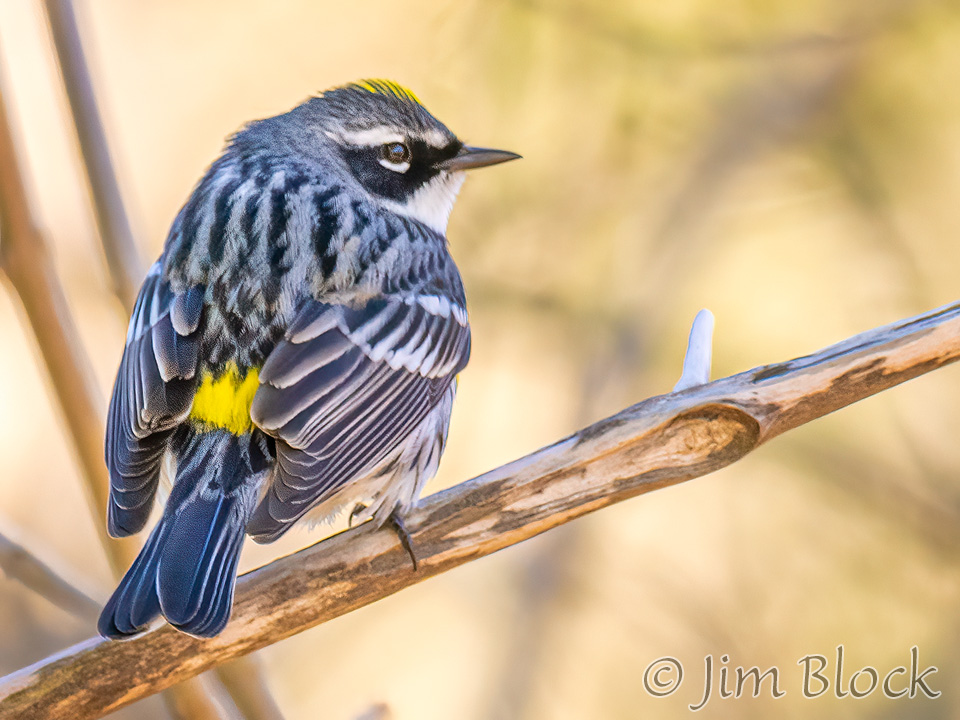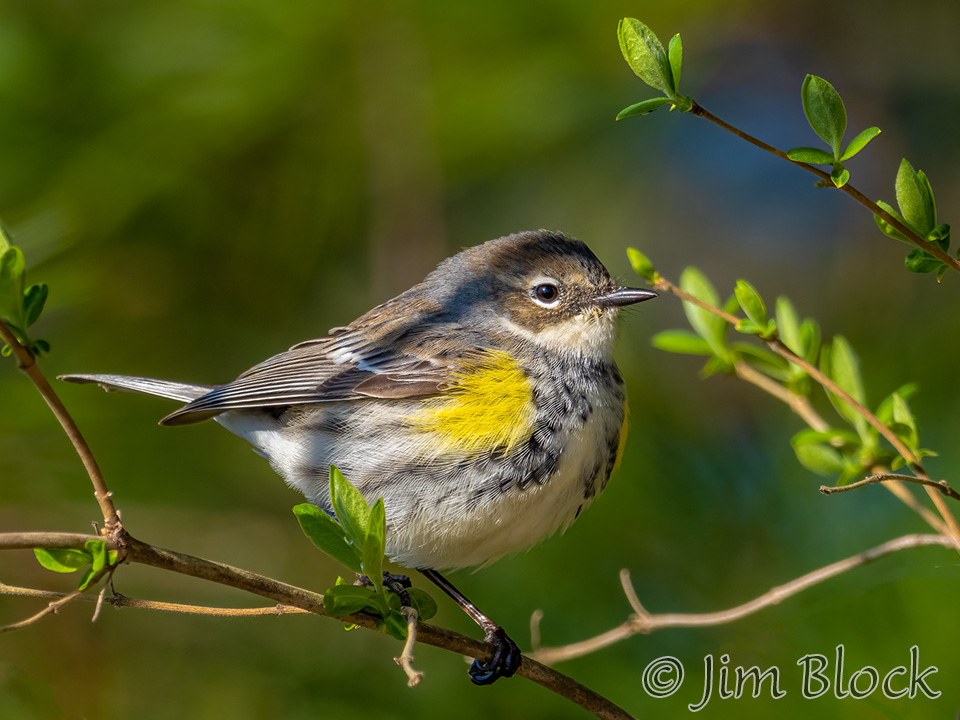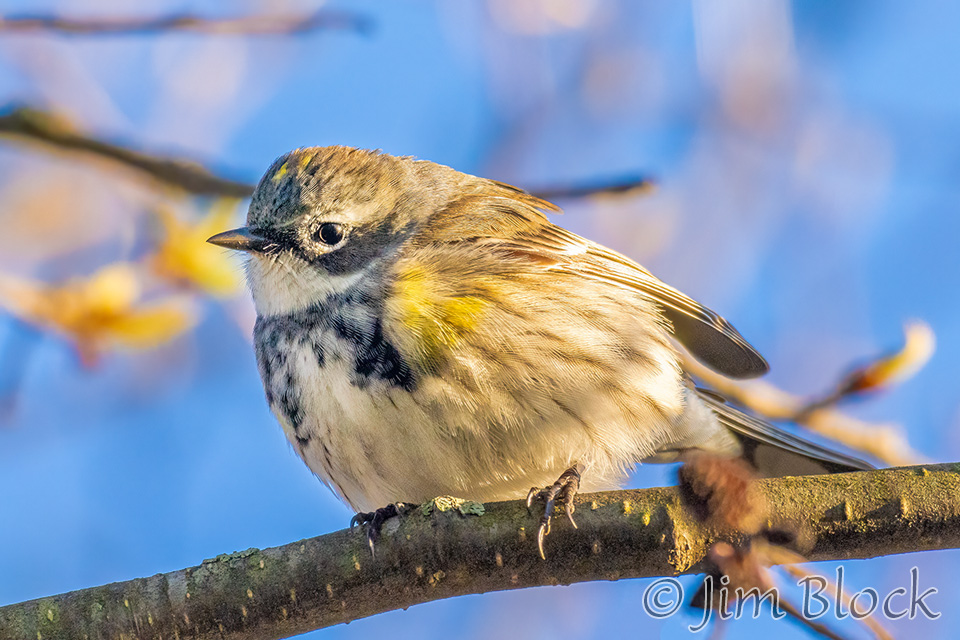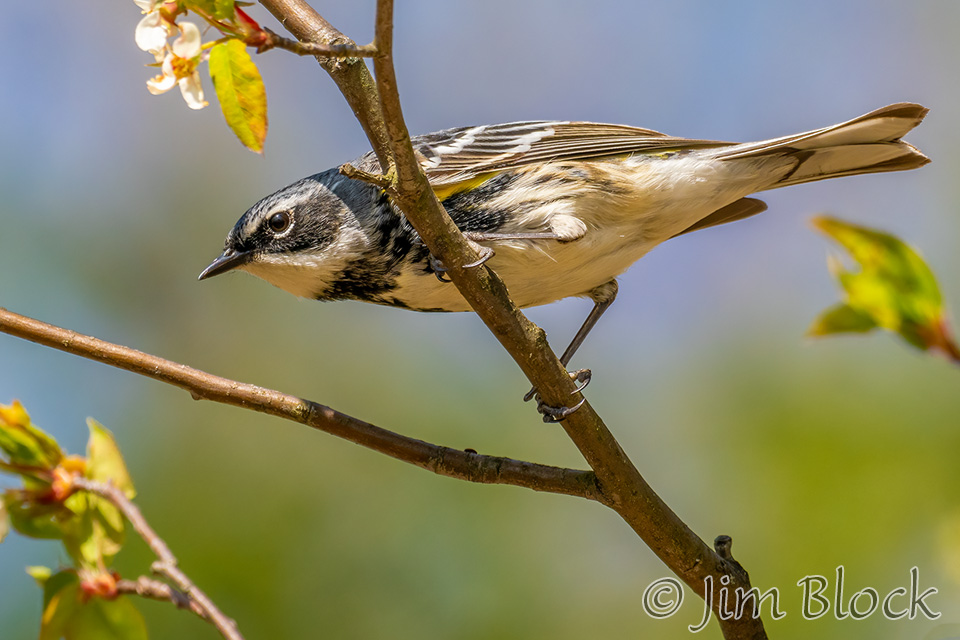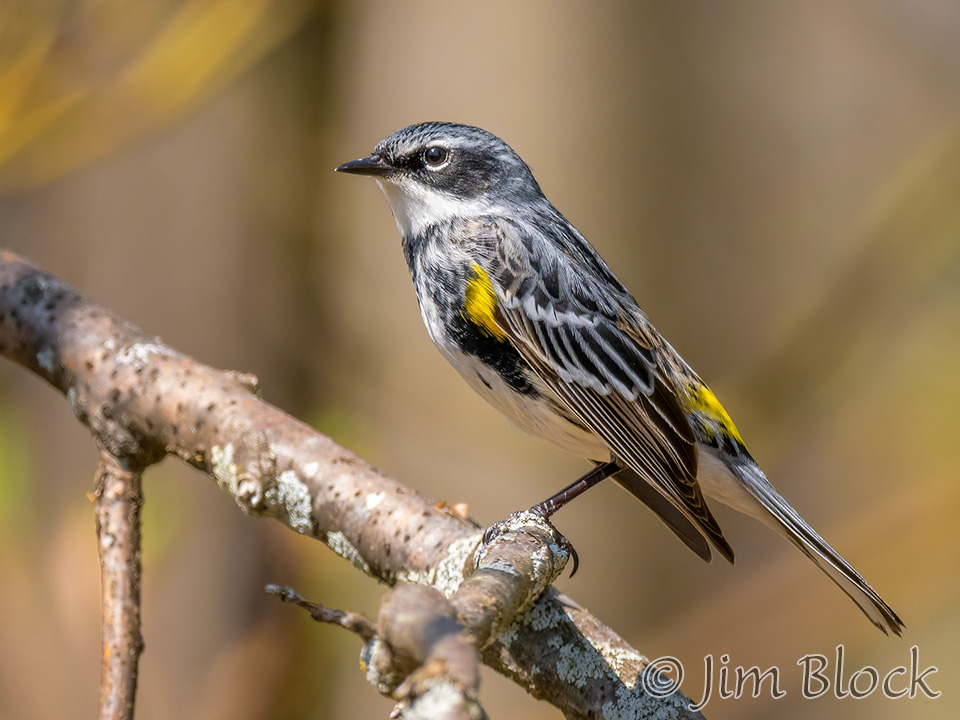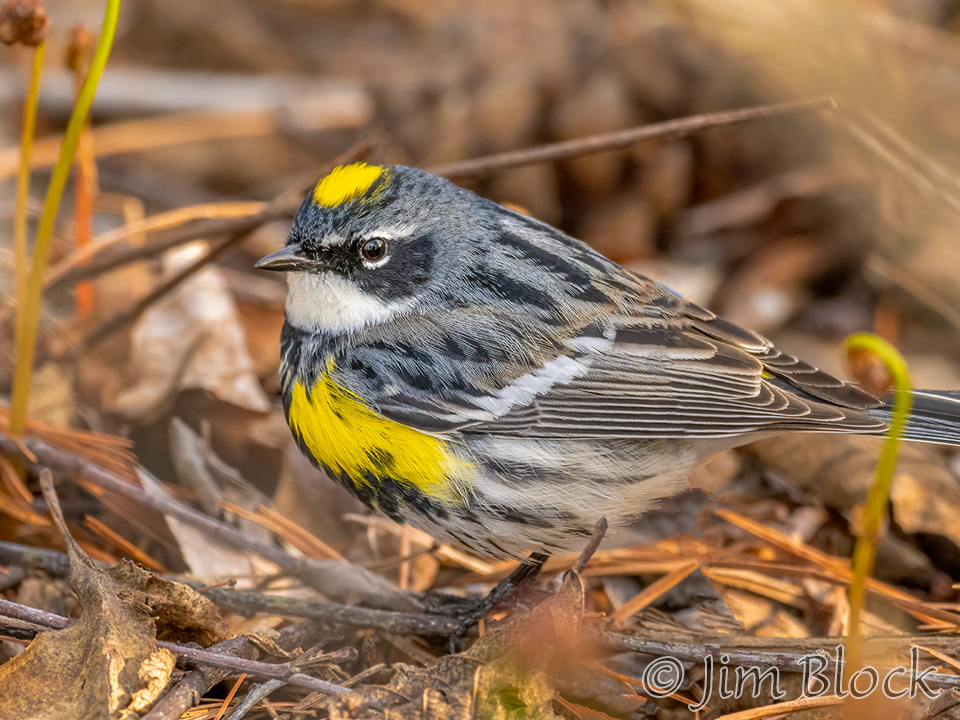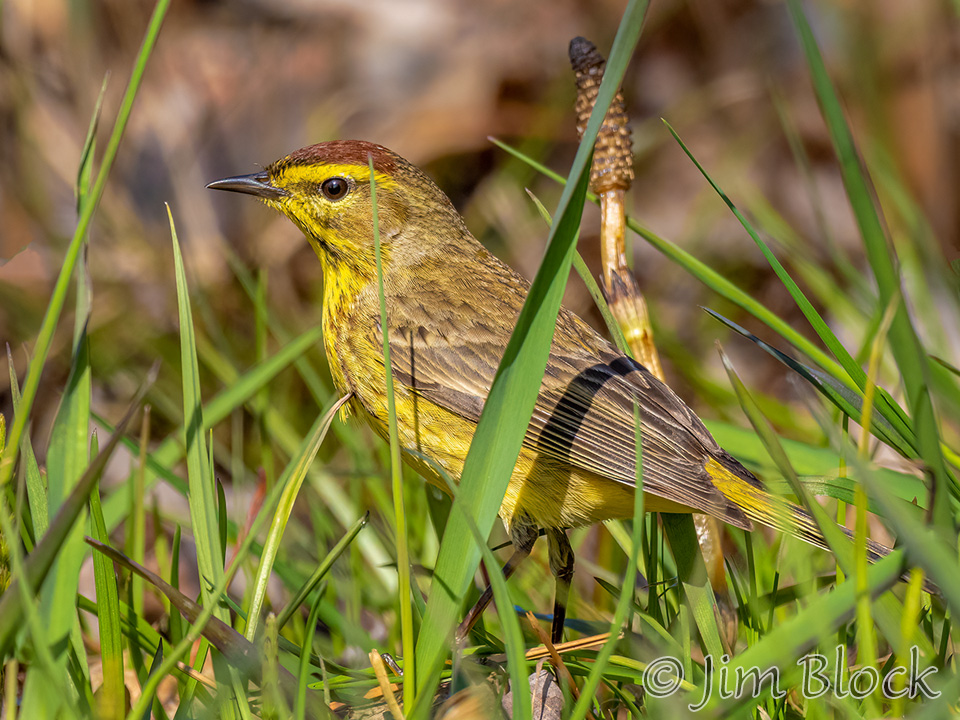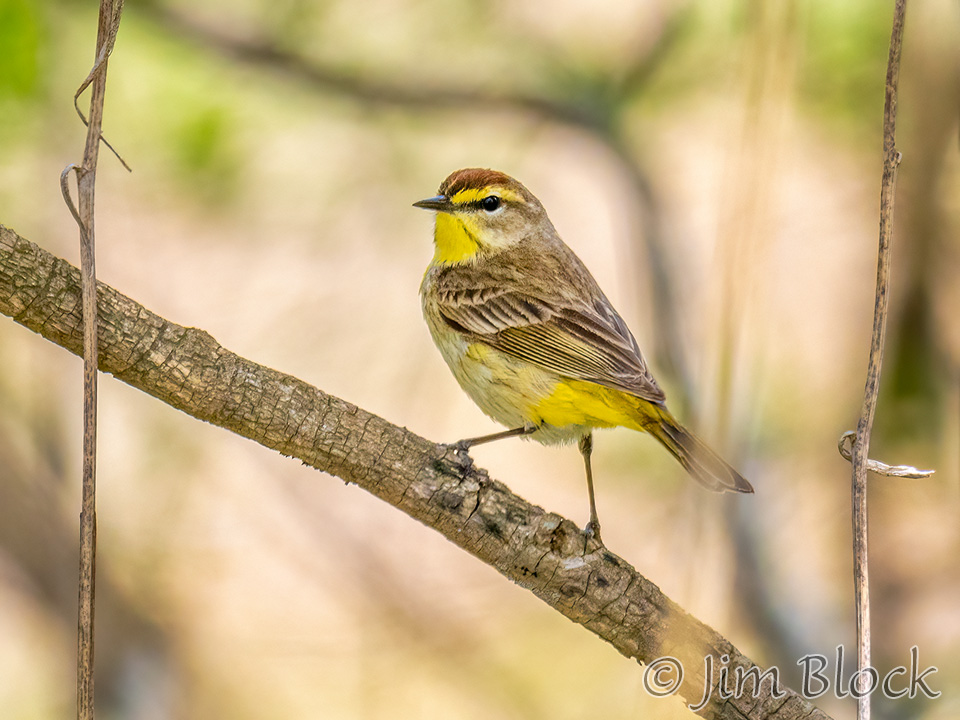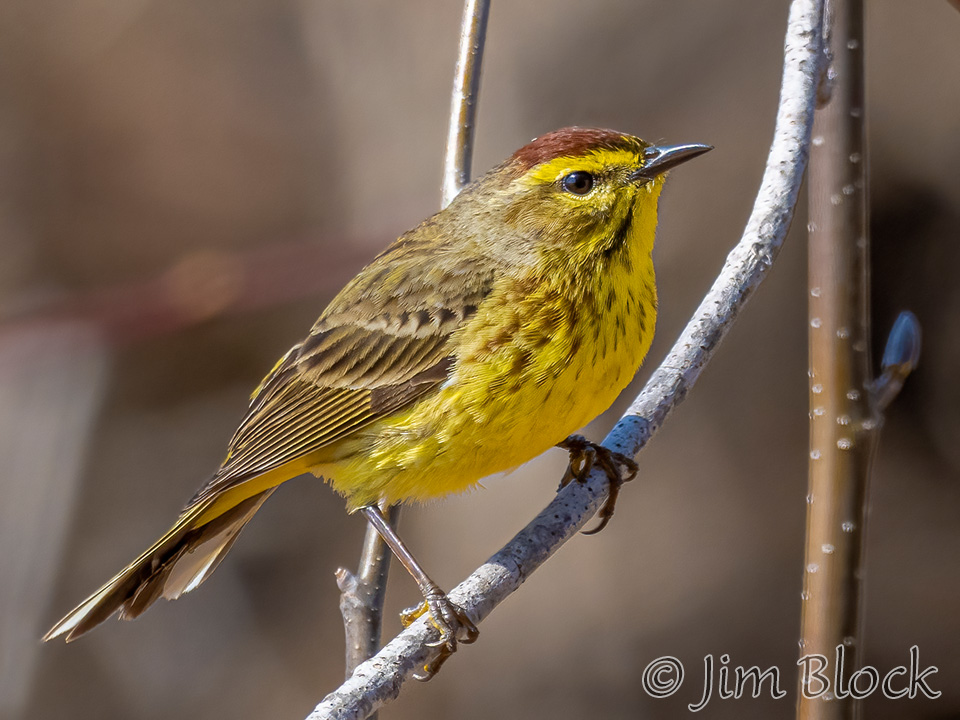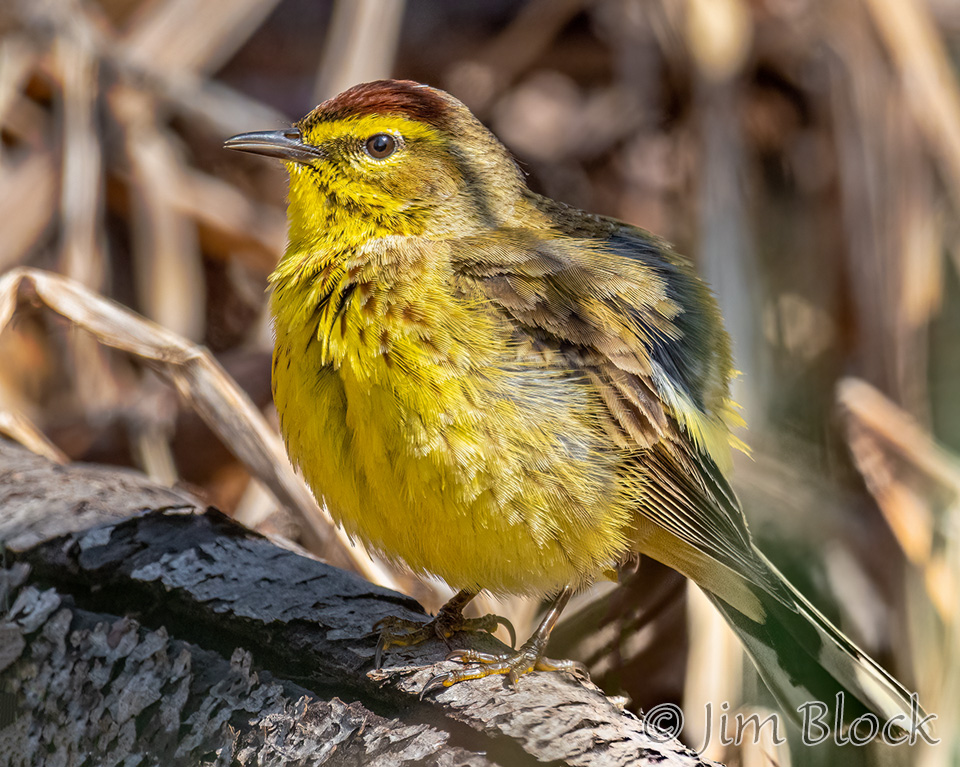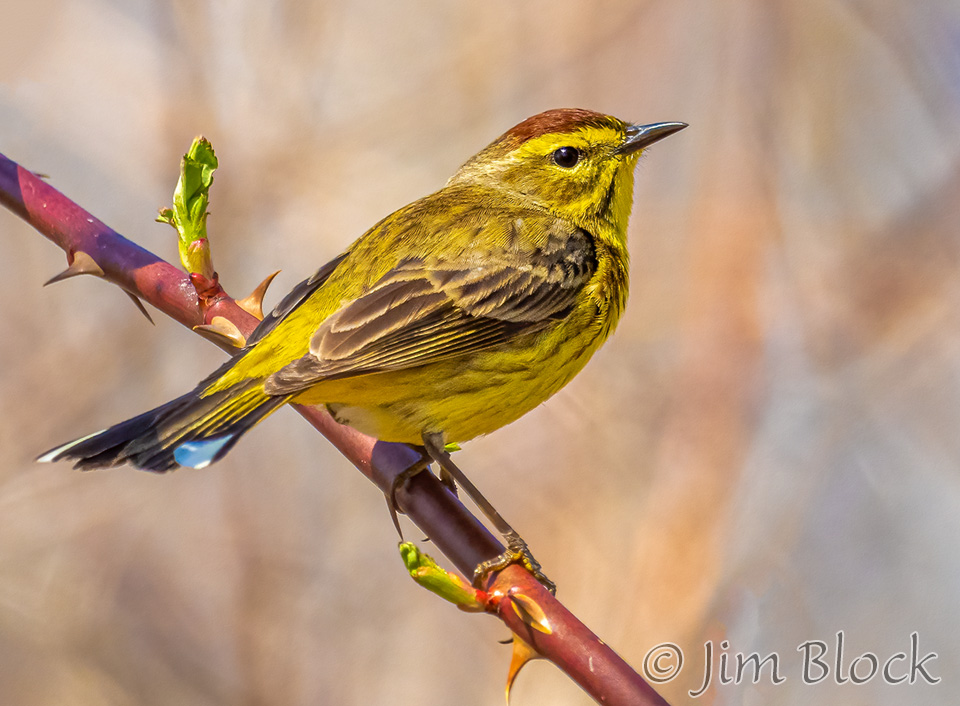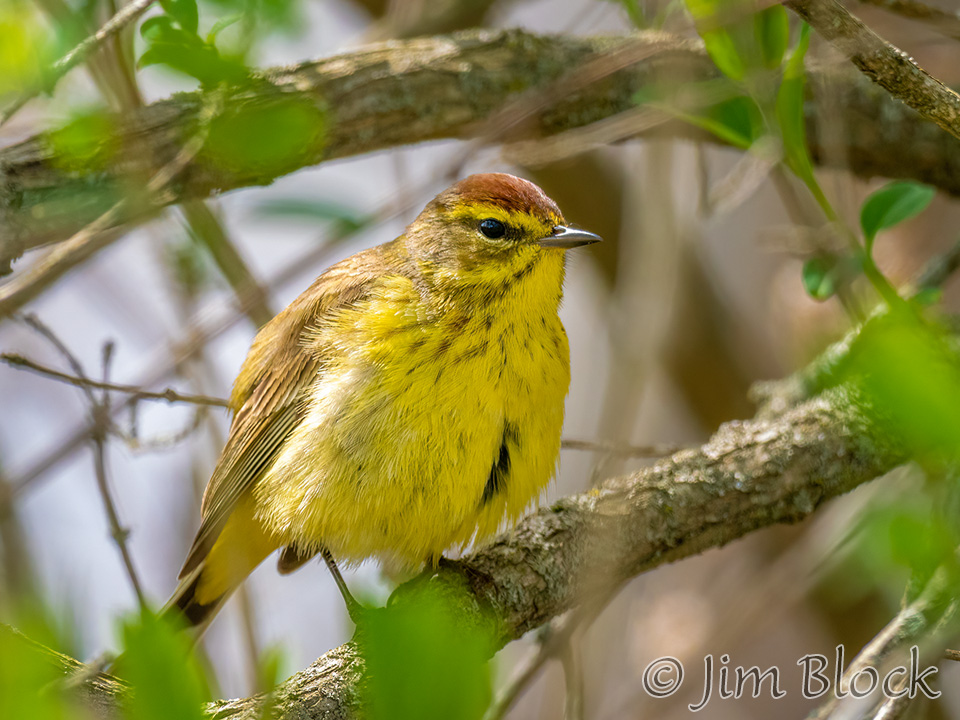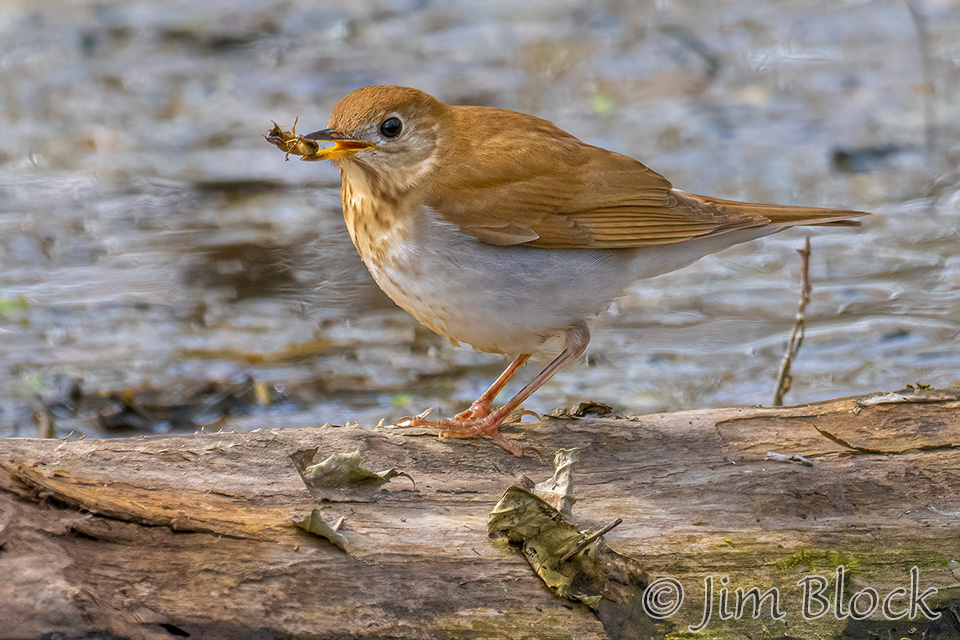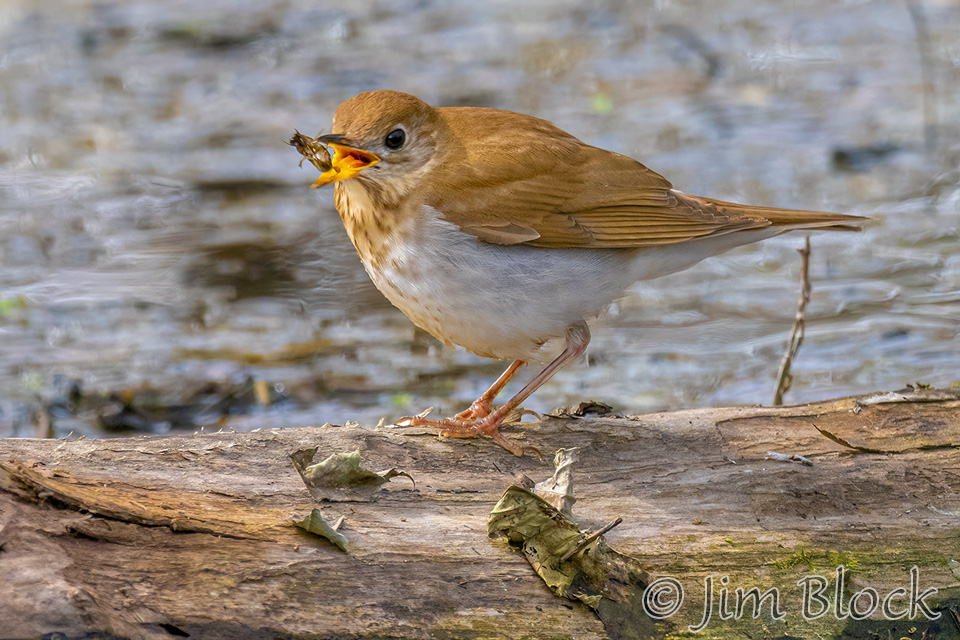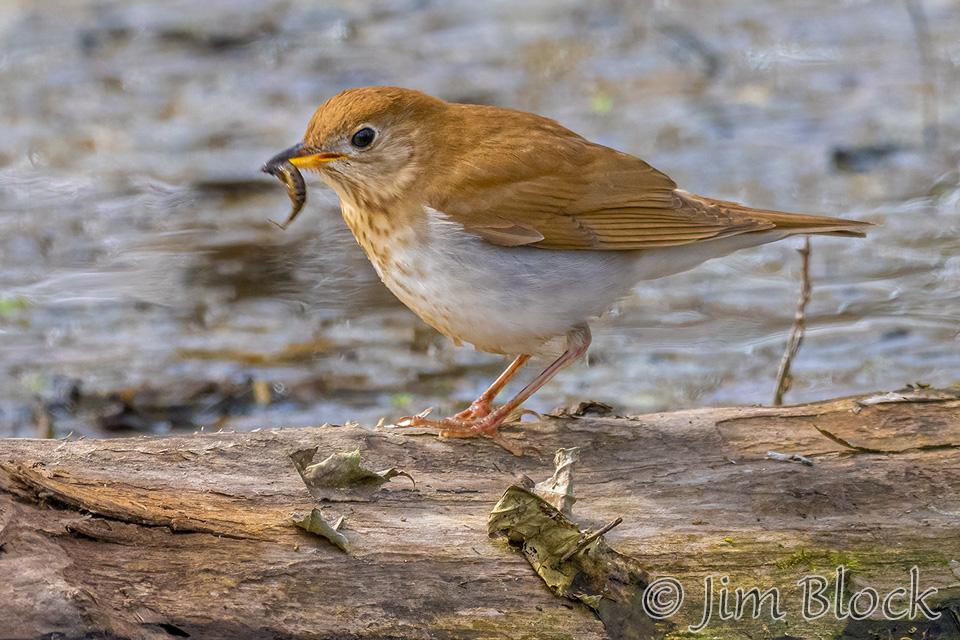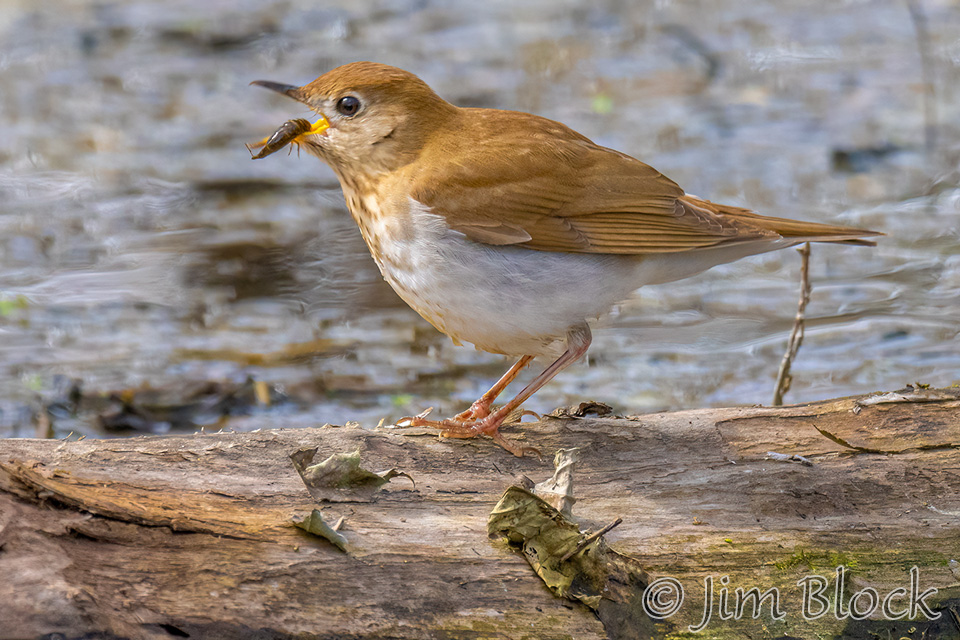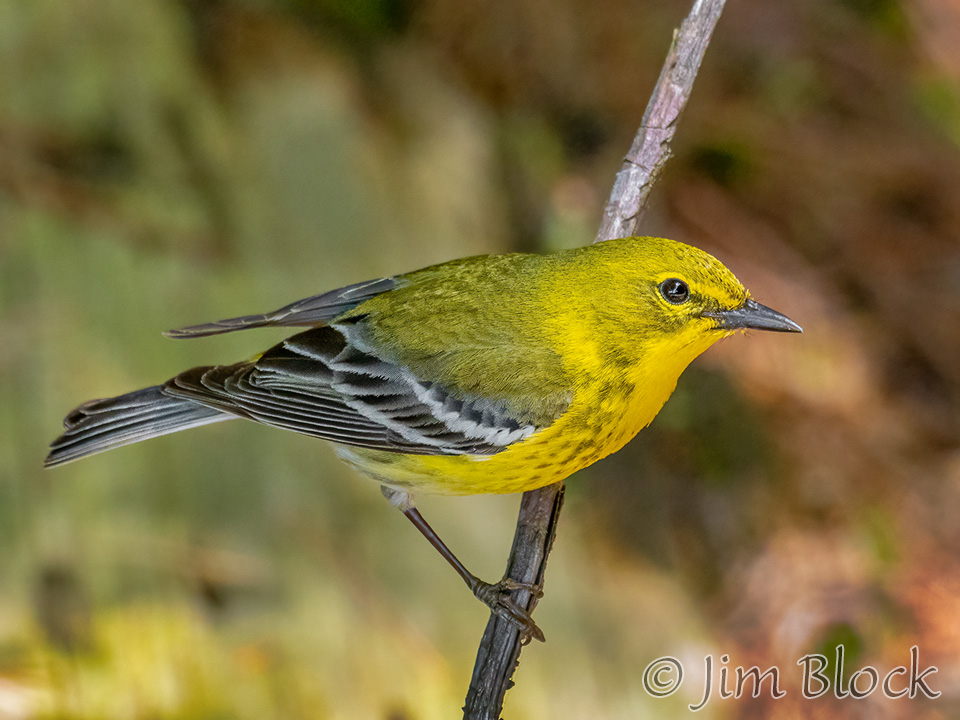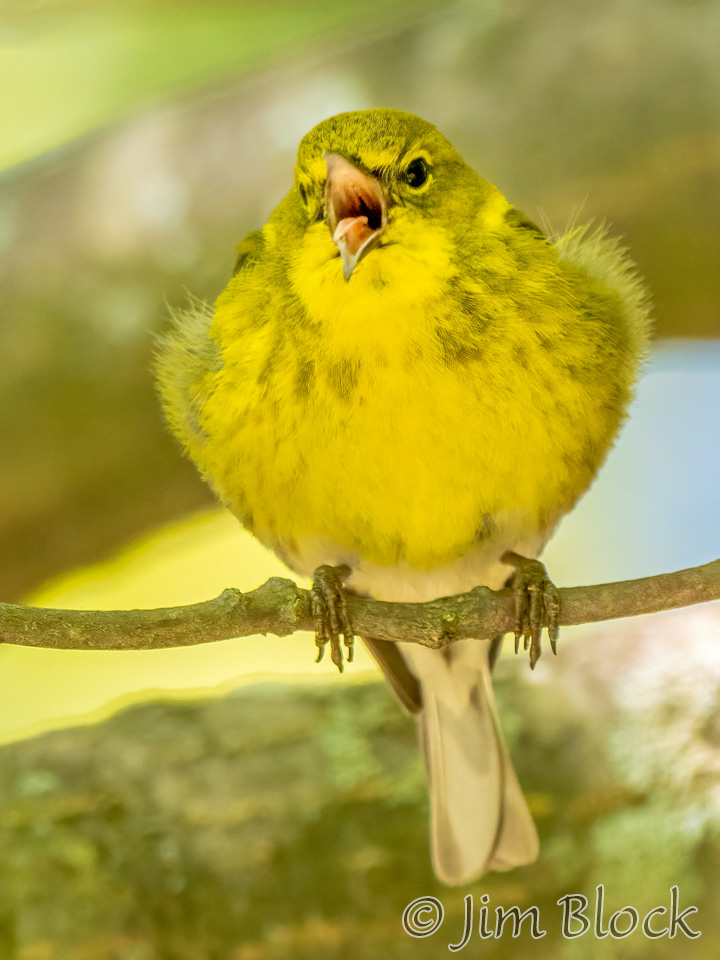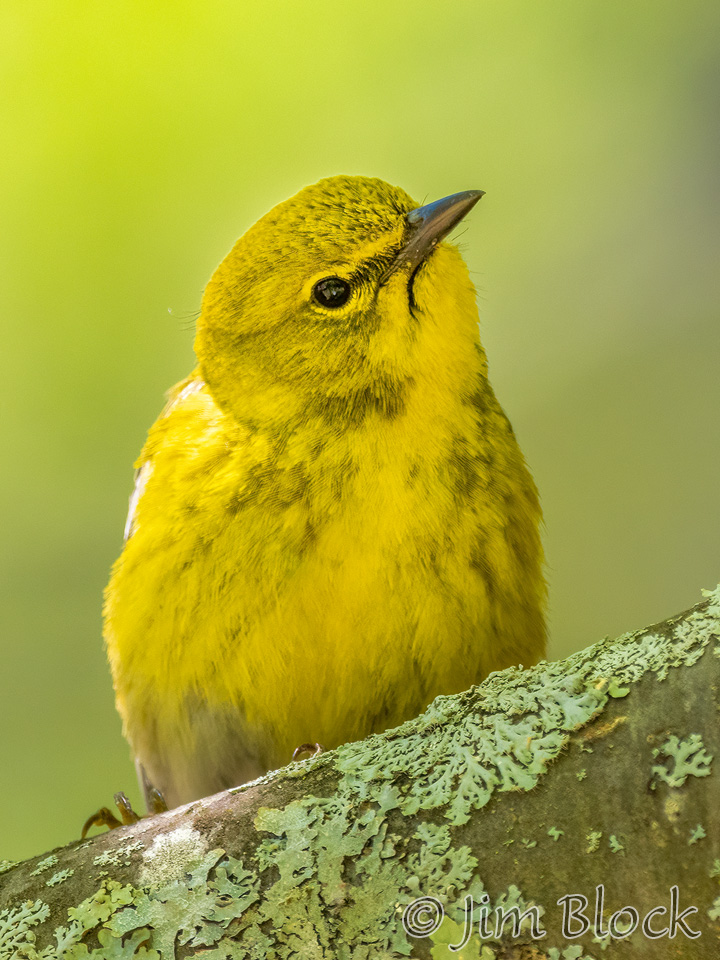My last blog post showed photos of Birds of early May 2022 in Vermont. Here I move to the eastern side of the Connecticut river and present photos of birds taken in the last few weeks in New Hampshire.
Spring birds can be colorful. And birds often have colorful names. In this post you will find:
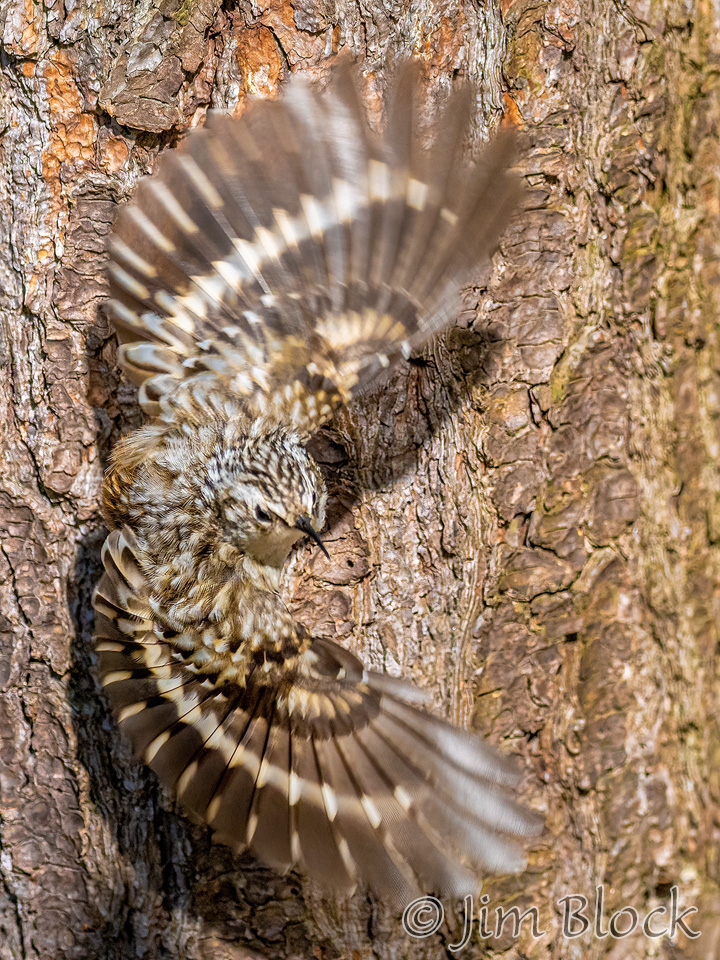
BROWN Creeper,
YELLOW Warbler,
RED-tailed Hawk,
GRAY Catbird,
INDIGO Bunting,
American REDstart,
Common YELLOWthroat,
YELLOW-bellied Sapsucker,
Northern CARDINAL,
RED-eyed Vireo,
CHESTNUT-sided Warbler,
BLACK-and-WHITE Warbler,
American GOLDfinch,
BLUEbird,
MAGNOLIA Warbler,
YELLOW-rumped Warbler,
RUBY-crowned Kinglet,
WHITE-crowned Sparrow, and
WHITE-throated Sparrow.
Also some species that do not have colors in their names.
Thanks to a tip by Linda, I have been fortunate to be able to photograph a Brown Creeper nest in Lebanon. Please stay tuned for a separate blog on these great birds, but for now here is a sample of three photos taken three separate days in mid-May.
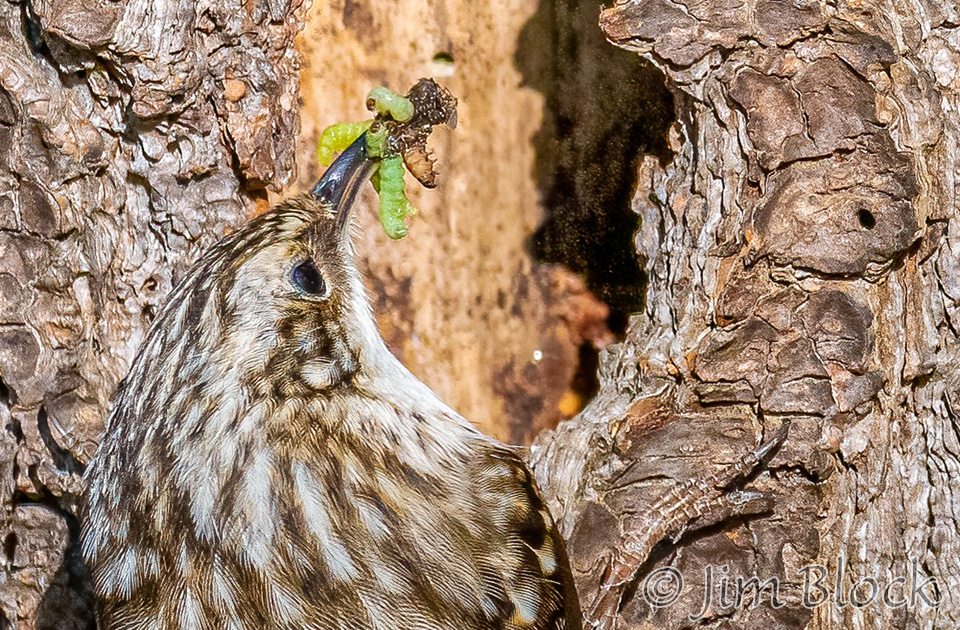
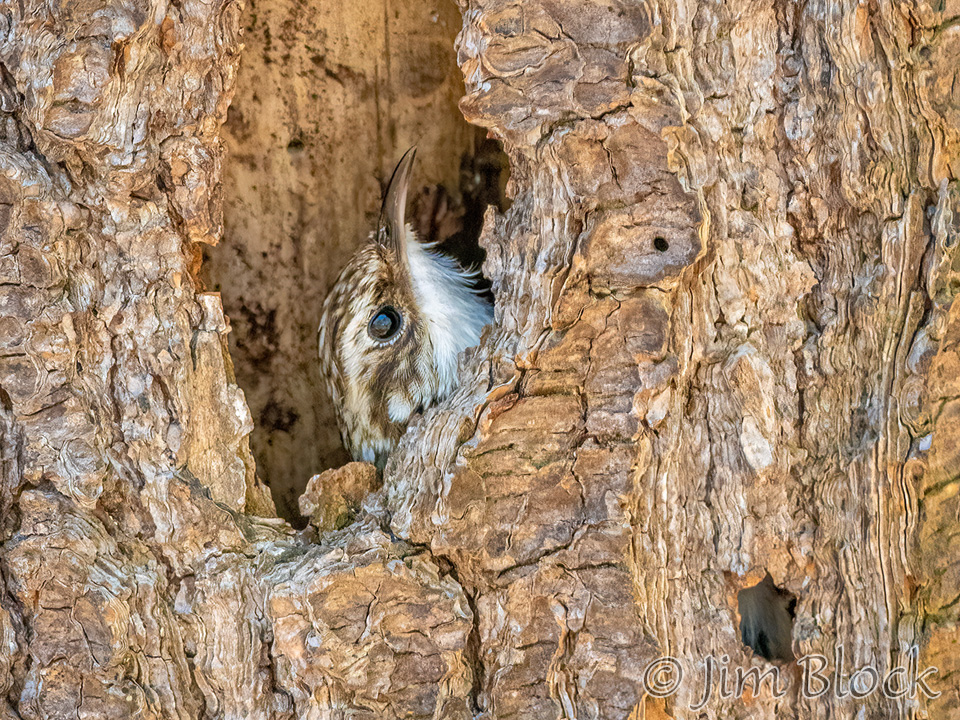
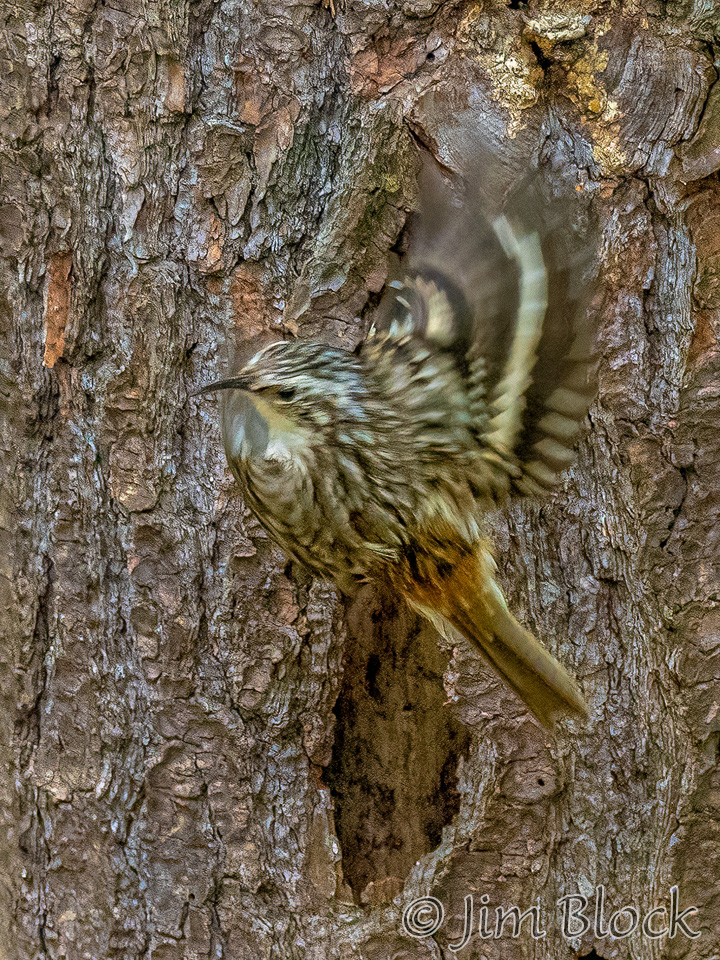
Yellow Warblers are fairly common along the rail trail in Lebanon.
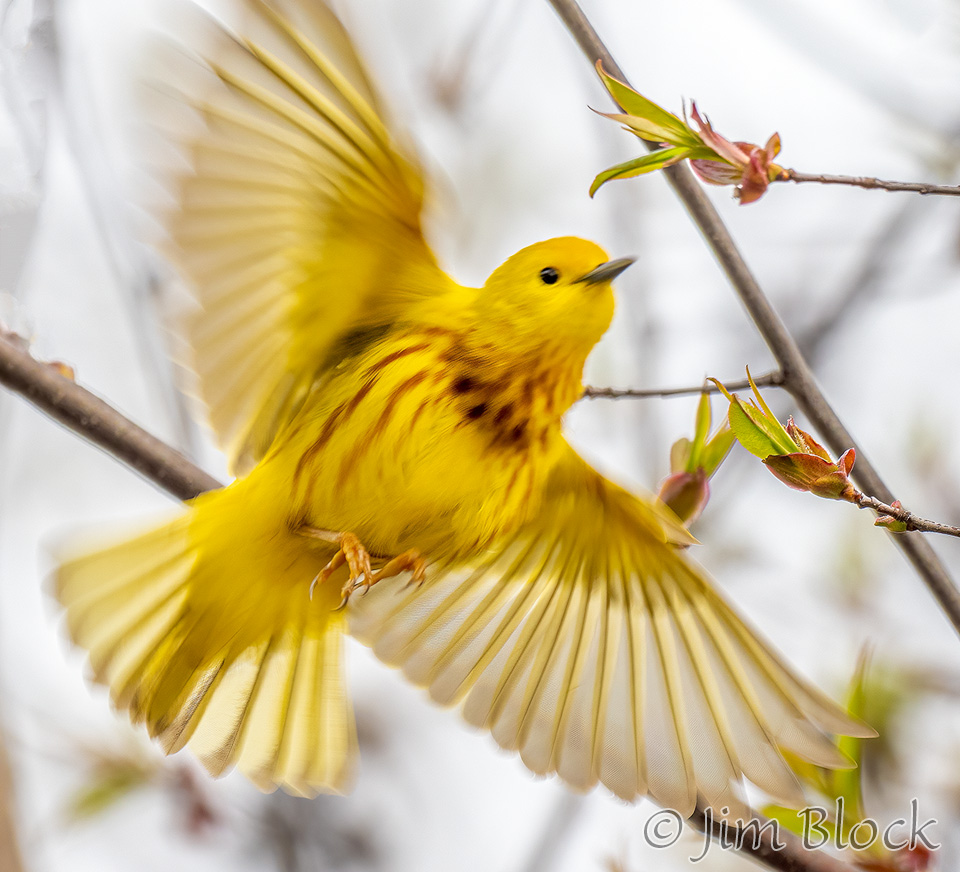
I found a Red-tailed Hawk along Route 4 in Lebanon not too far from where I took the photo above. It was very high in a conifer scanning the fields with its hawk-like eyes.
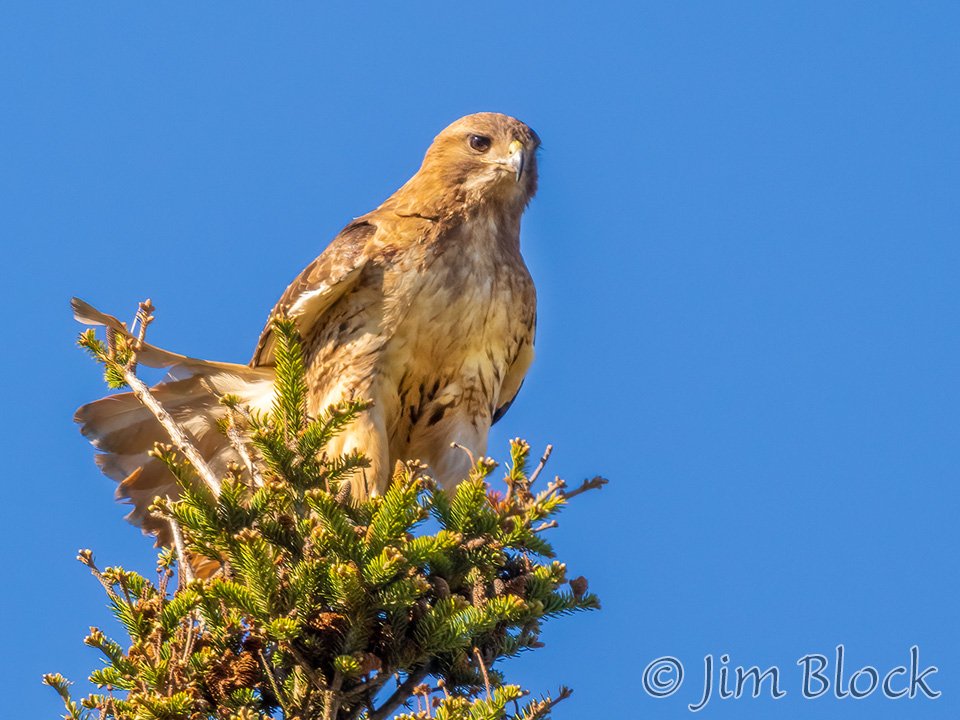
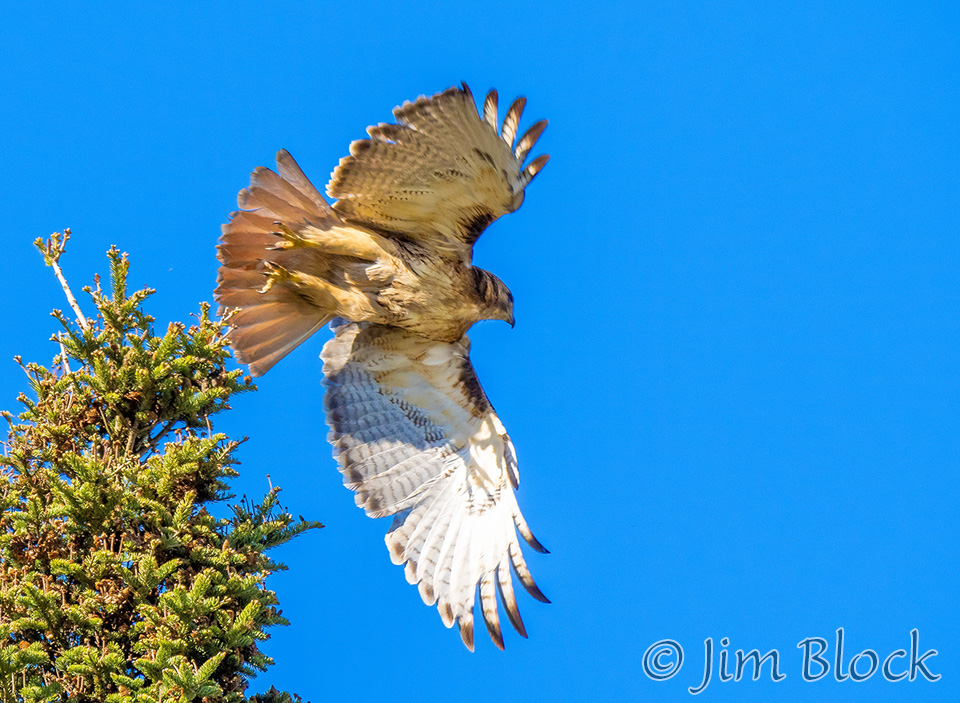
Gray Catbirds are fairly common in summer. I love the cinnamon color under the tail which can sometimes glow when the sun hits it. Here are a half dozen from Lebanon, all but one photographed along the rail trail.
Indigo Buntings love to sit high in a tree and sing. Here are two photos from the King Bird Sanctuary in Etna where they can often be found.
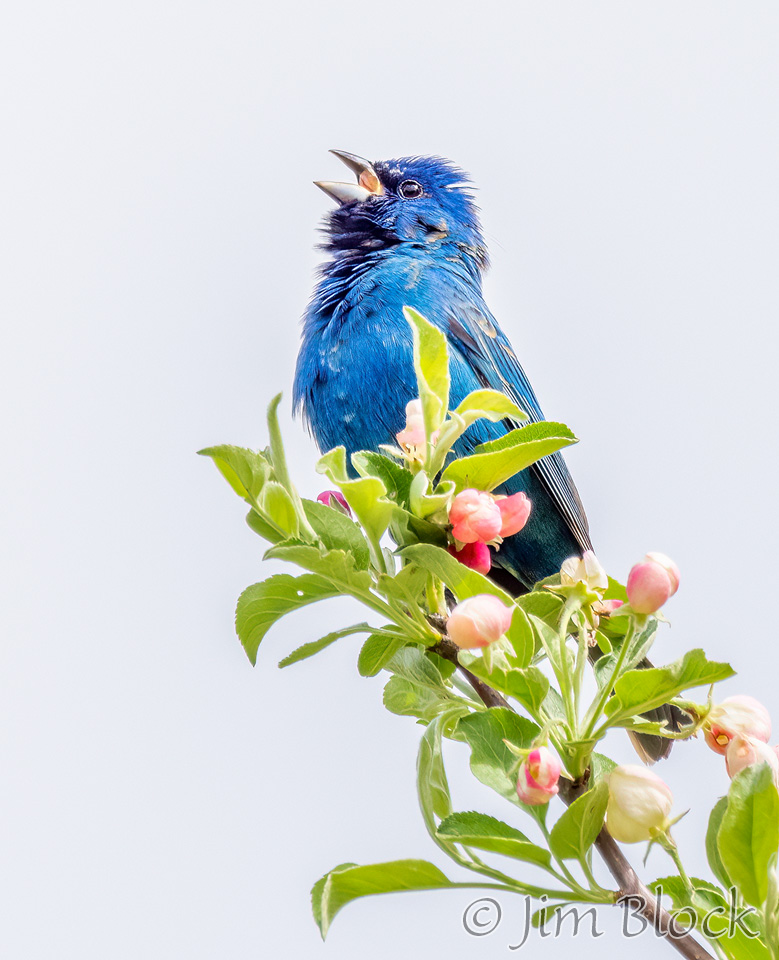
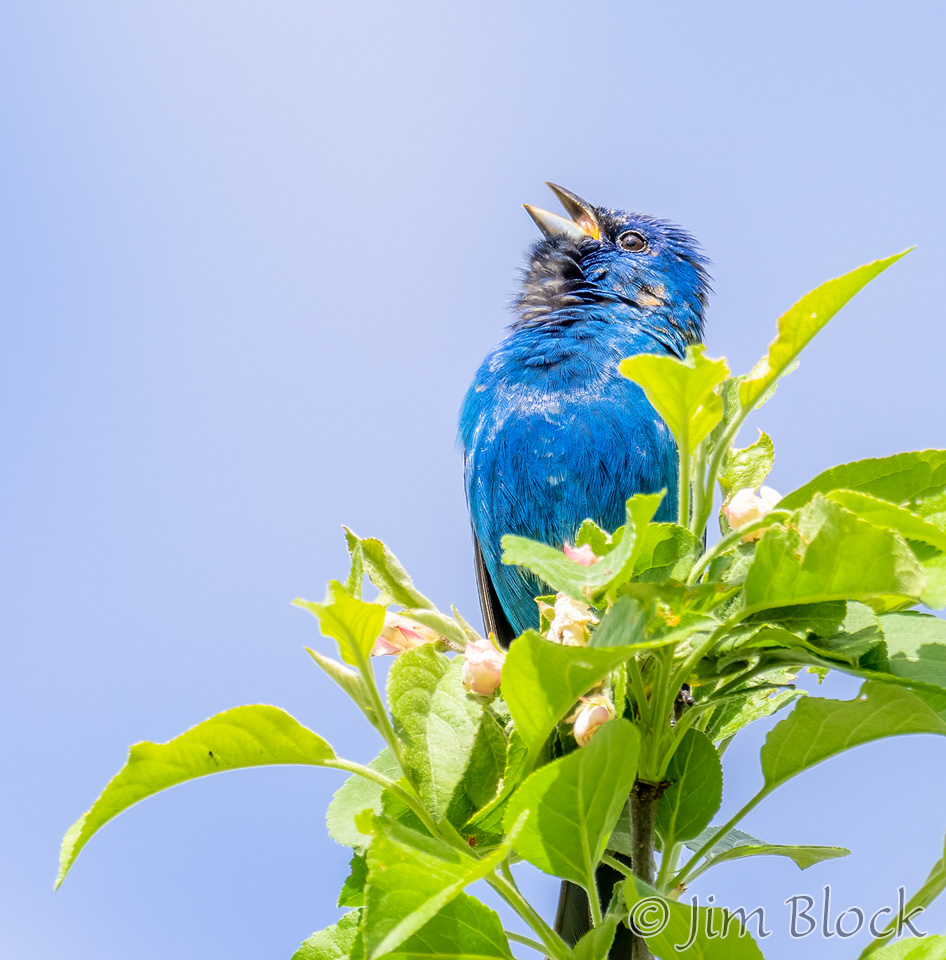
I normally see many American Redstarts along the rail trail in Lebanon, but this year they seem very scarce. Here is one from Bedell Bridge State Park. Perhaps these warblers should be called orange-winged blackbirds.
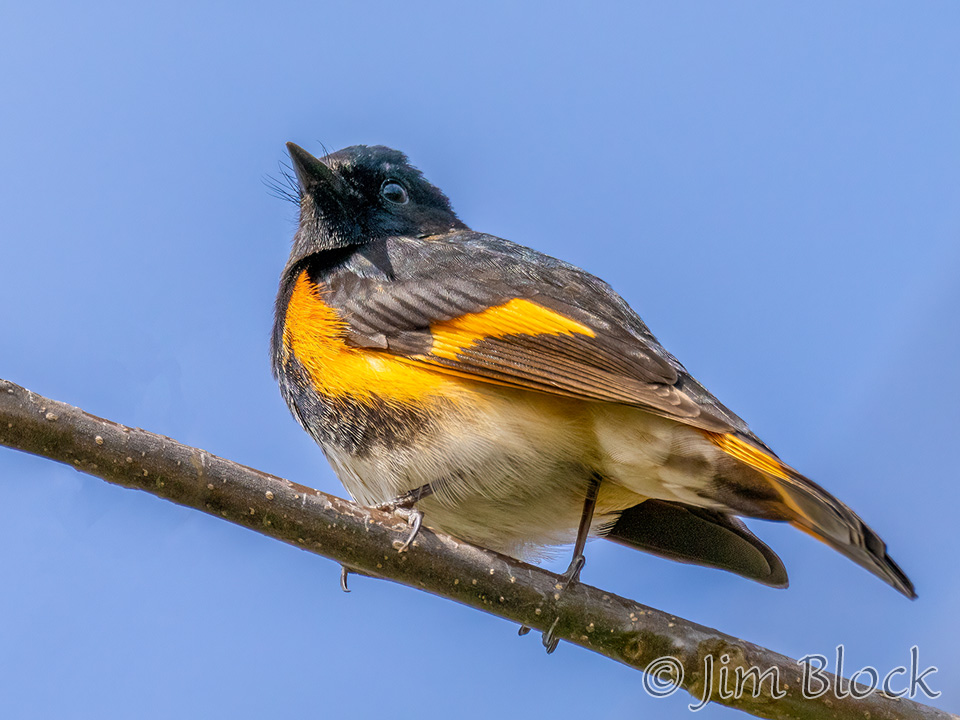
Common Yellow-throats are a warbler of the low shrubs. Here are a male and female from Boston Lot in Lebanon.
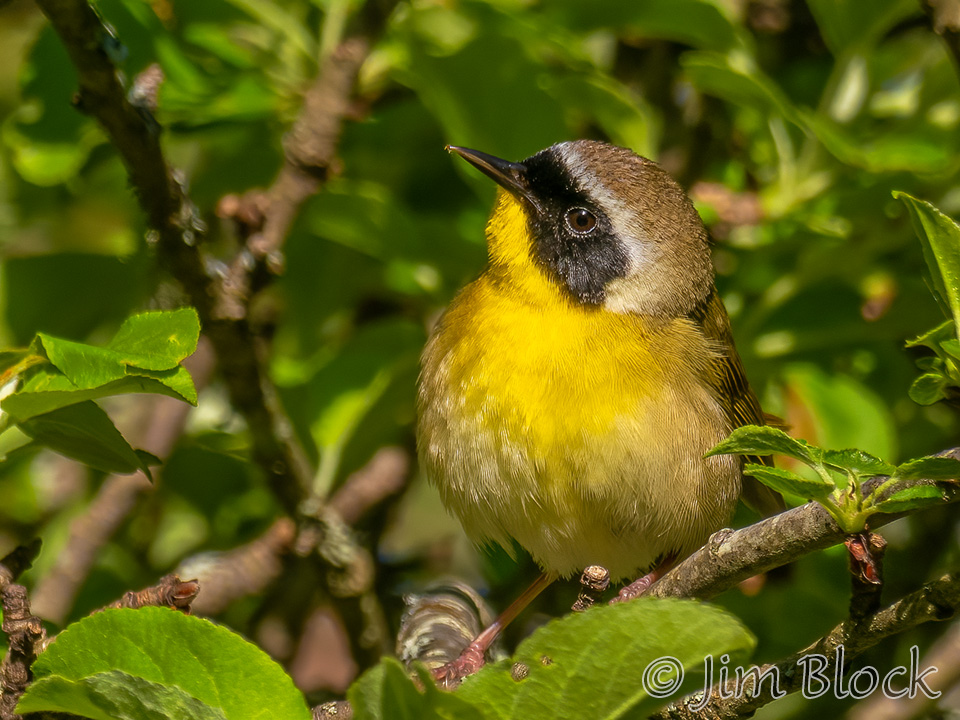
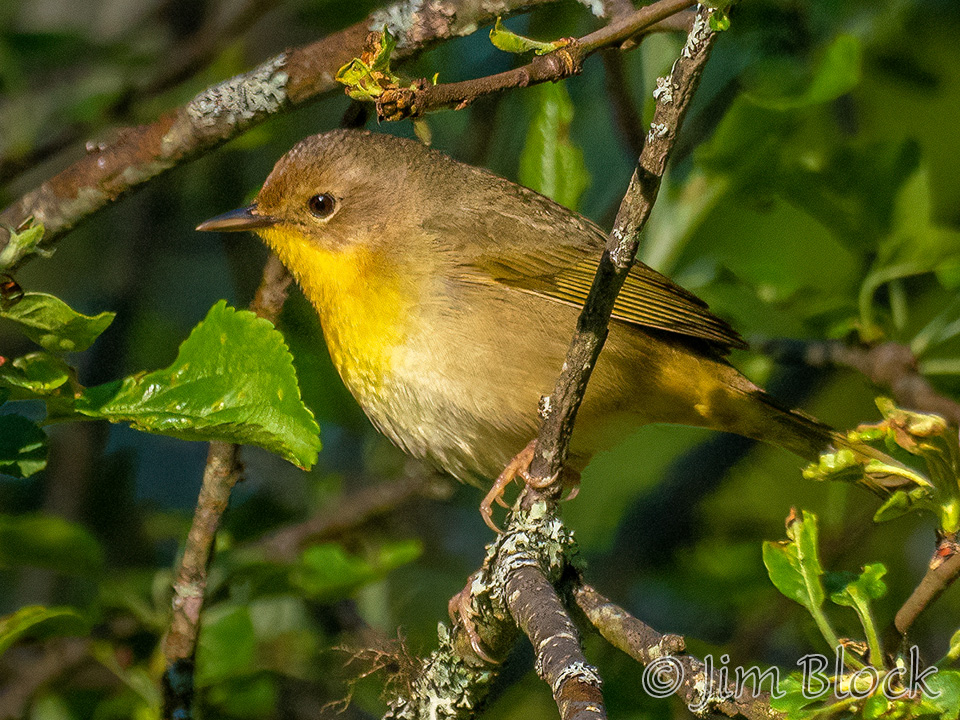
I found a Yellow-bellied Sapsucker in our Etna yard. I guess red-headed woodpecker was a name already taken.
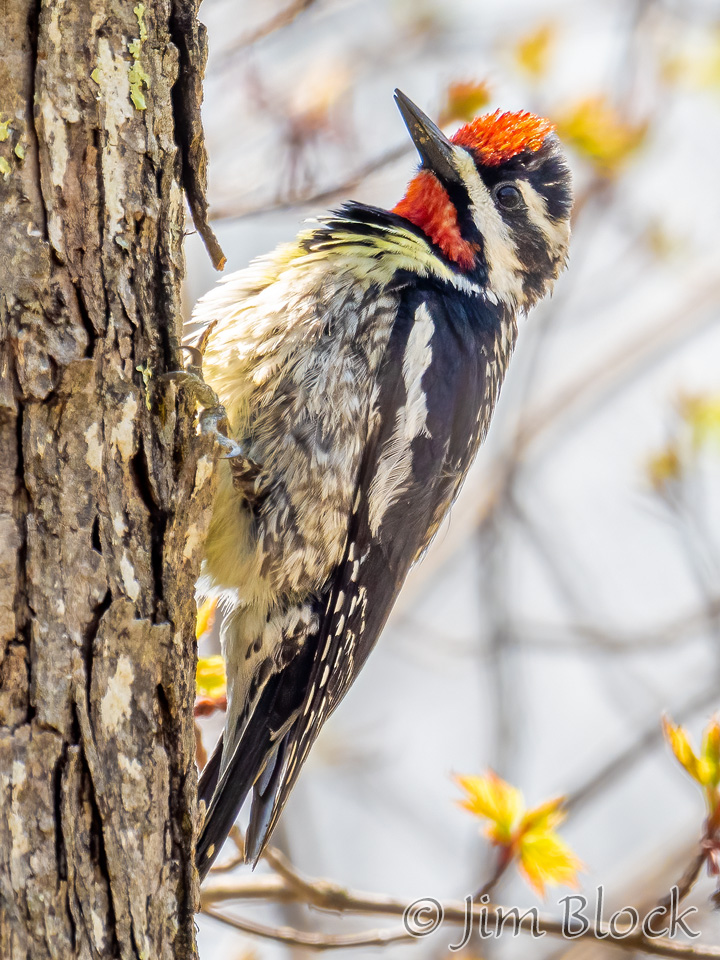
A Northern Cardinal was present when I visited Boston Lot, just one time this spring.
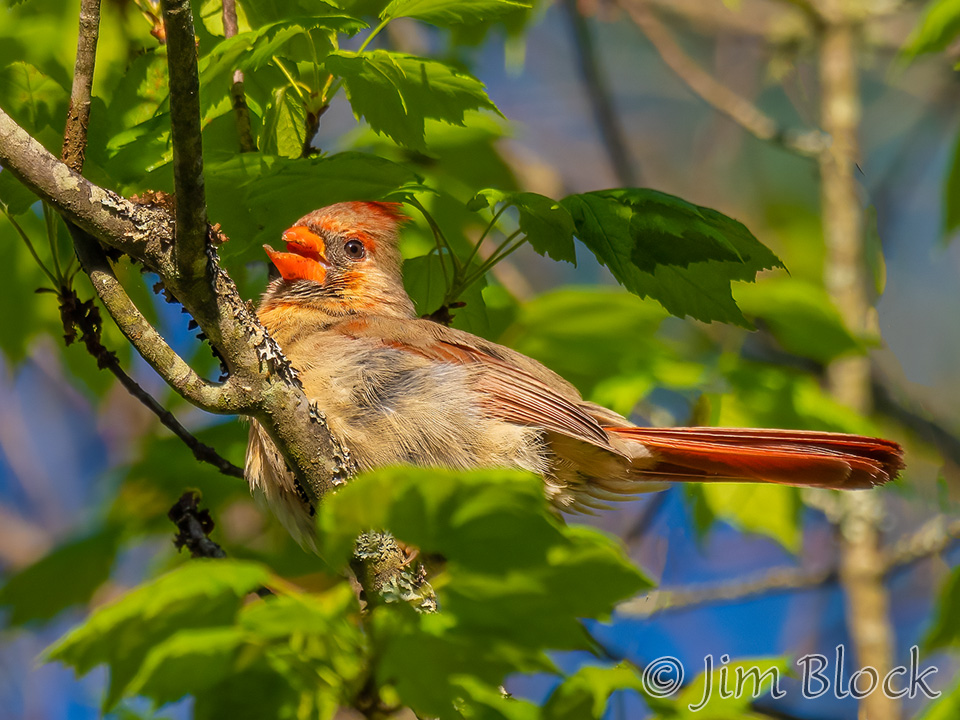
I found a Red-eye Vireo at Boston Lot a little below the lake. Here are three photos of the same bird.
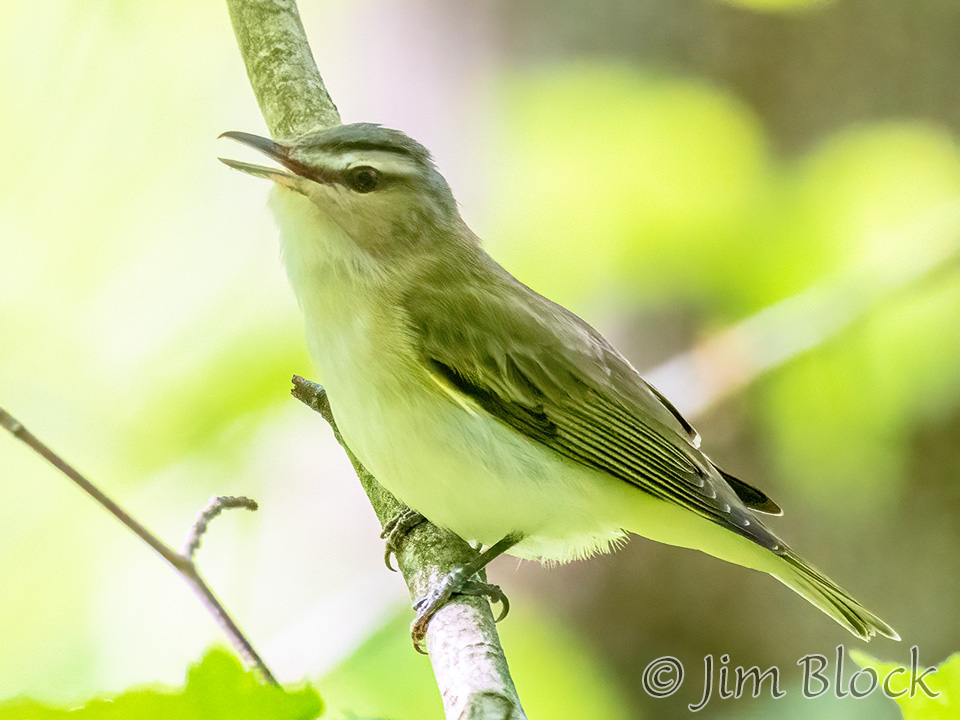
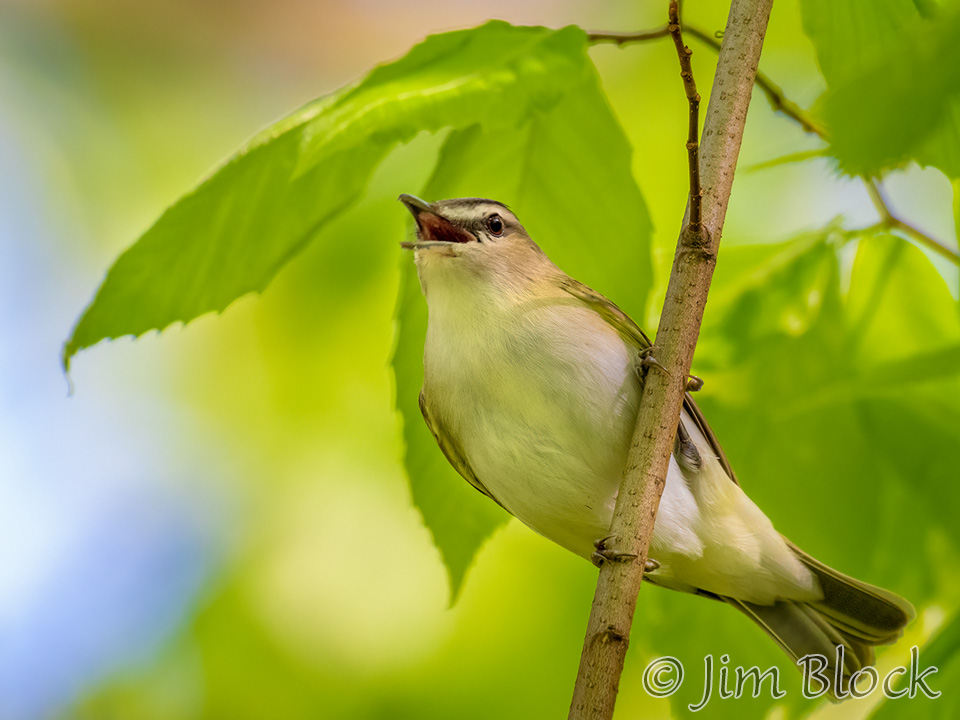
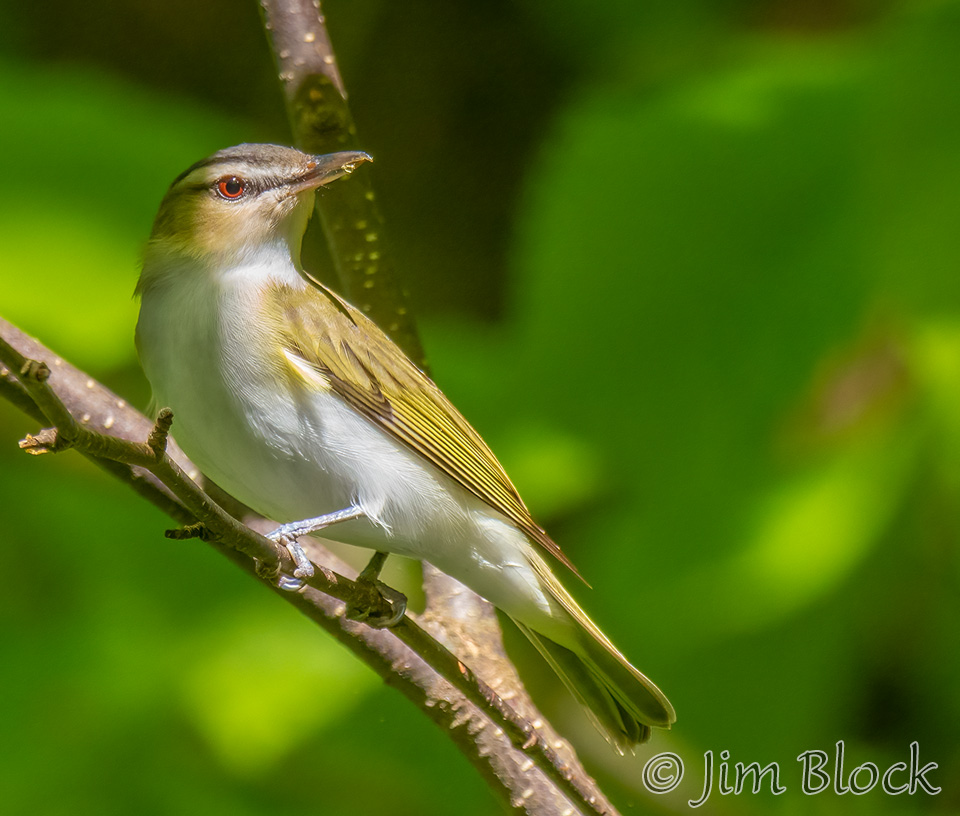
Chestnut-sided Warblers were present near the power lines up from the Wilder Dam at Boston Lot and also in our Etna yard. Here are a half dozen photos.
I found Black-and-White Warblers along the rail trail in Lebanon. Here is a slide show of seven photos.
While I was editing some of these photos, an American Goldfinch peeked in through the glass of my studio door.
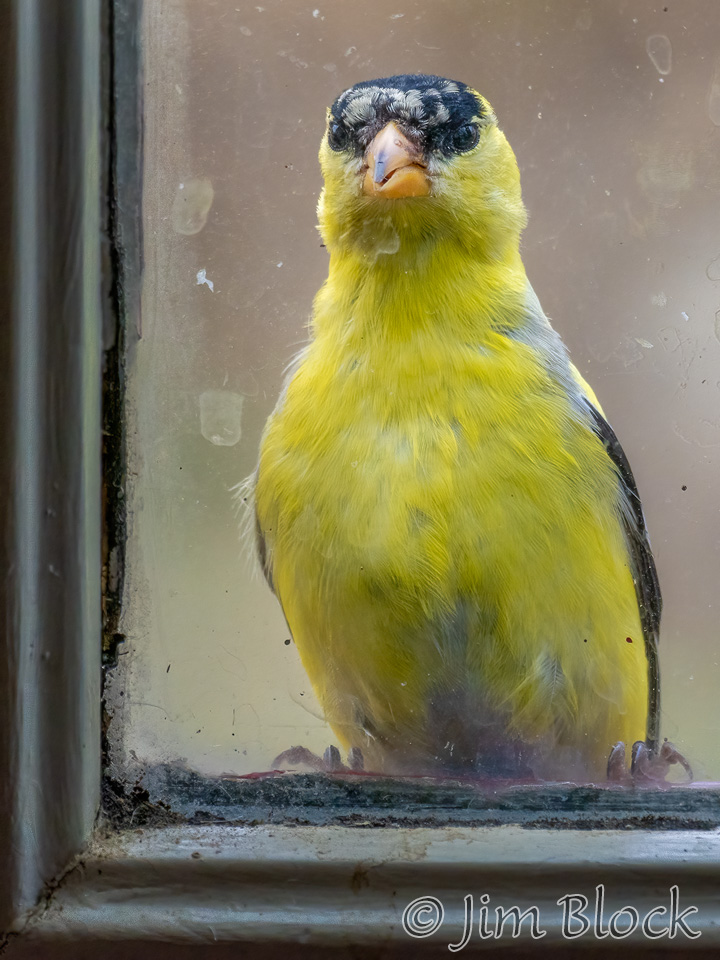
Not a great photo of a Bluebird, but I wanted to include one. My best bluebird photos from this spring were taken in Vermont.
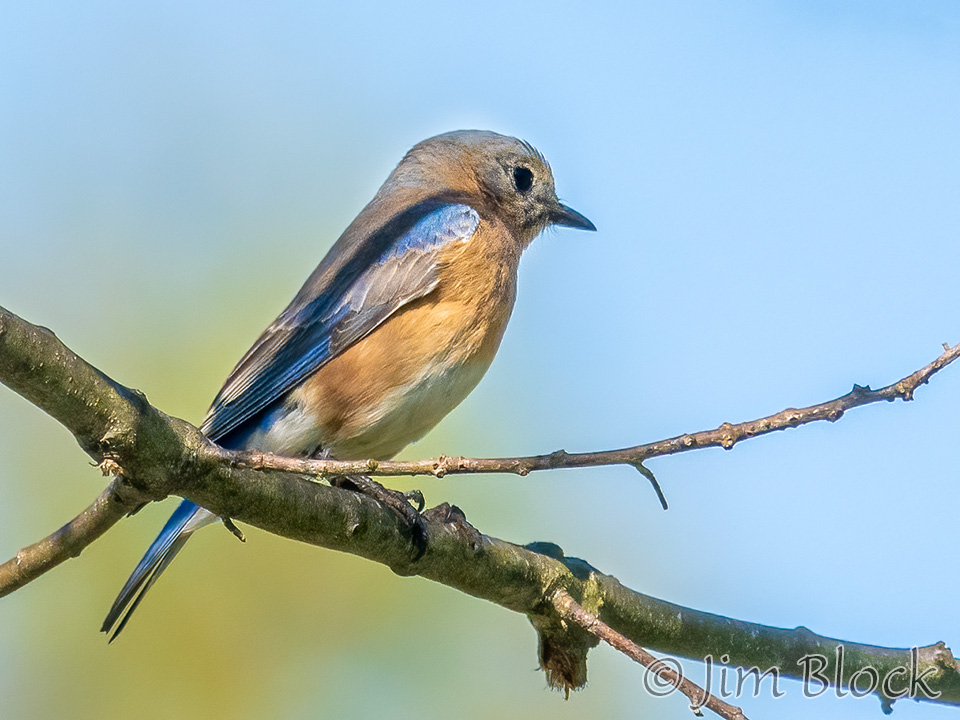
Magnolia Warblers were present near the power lines at Boston Lot. Here are seven photos.
I found Yellow-rumped Warblers along the rail trail in Lebanon and also in our Etna yard. Here are a half dozen photos.
Ruby-crowned Kinglets were present in Lebanon and Enfield in late April and early May. Here are two photos from early May before they resumed their migration north.
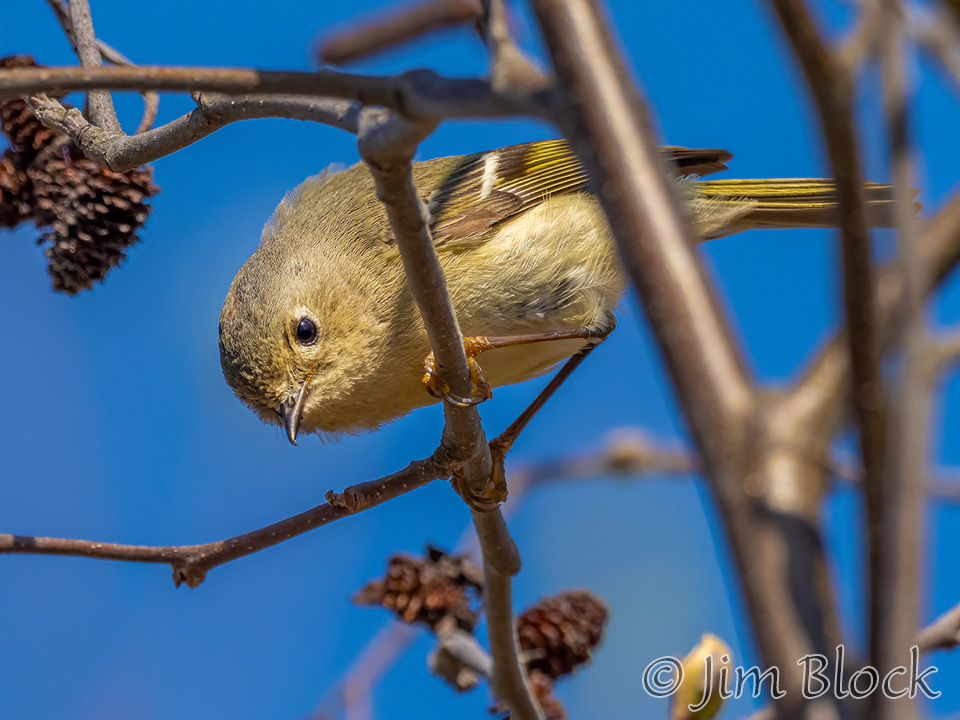
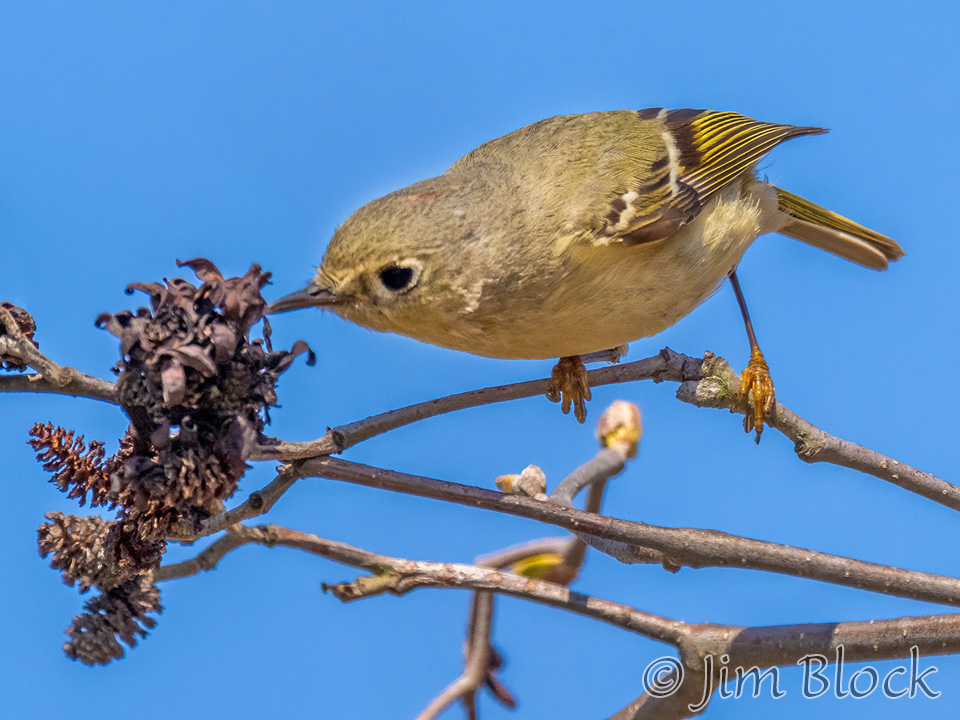
There was a White-crowned Sparrow at Bedell Bridge in Haverhill. As I was driving in, I stopped next to it and photographed it from my car.

I was able to get a close-up photo of a White-throated Sparrow in our Etna yard.
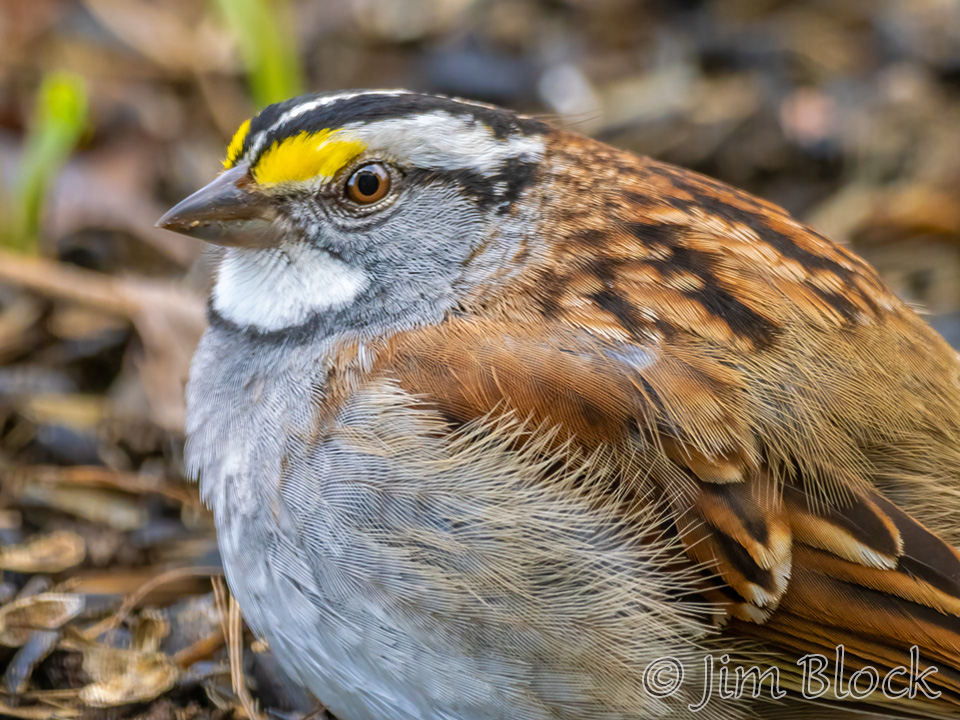
Palm Warblers are a species that migrate through our area in early spring. Here are six photos from Lebanon, Enfield, and Bedell Bridge.
Doug Bechtel, the President of New Hampshire Audubon, led a bird walk at Bedell Bridge State Park, one of the prime floodplain forests in the state. He taught us a lot about birds, trees, and ferns. It was a fun excursion. I was able to photograph the American Redstart, White-crowned Sparrow, and Palm Warbler shown above, and Mourning Doves, Common Grackles, Warbling Vireo, Veery, and Northern Waterthrush shown below.
Here is a view of the state park. This was May 8, and the leaves were not yet out. But they sure came on fast soon after this year.
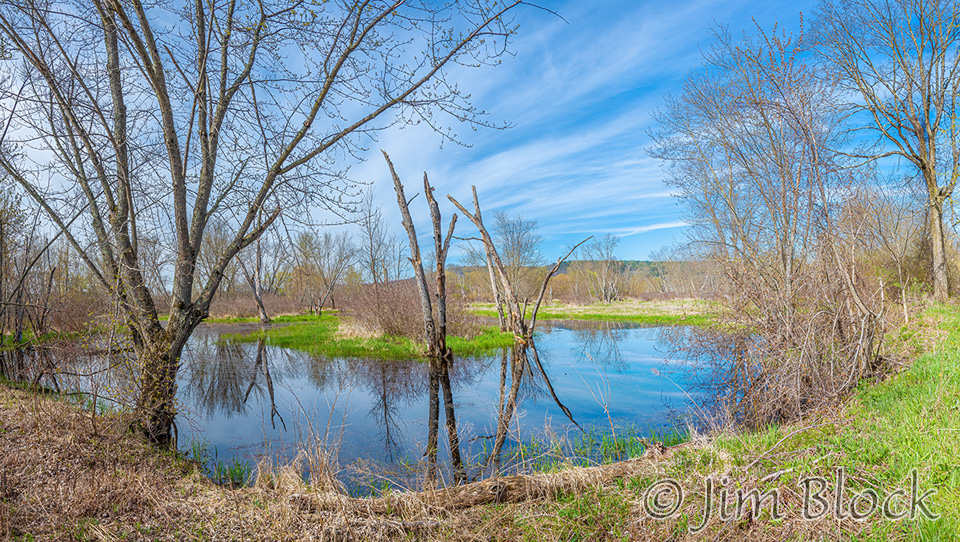
Near the parking area before the walk started, I found a pair of Mourning Doves.
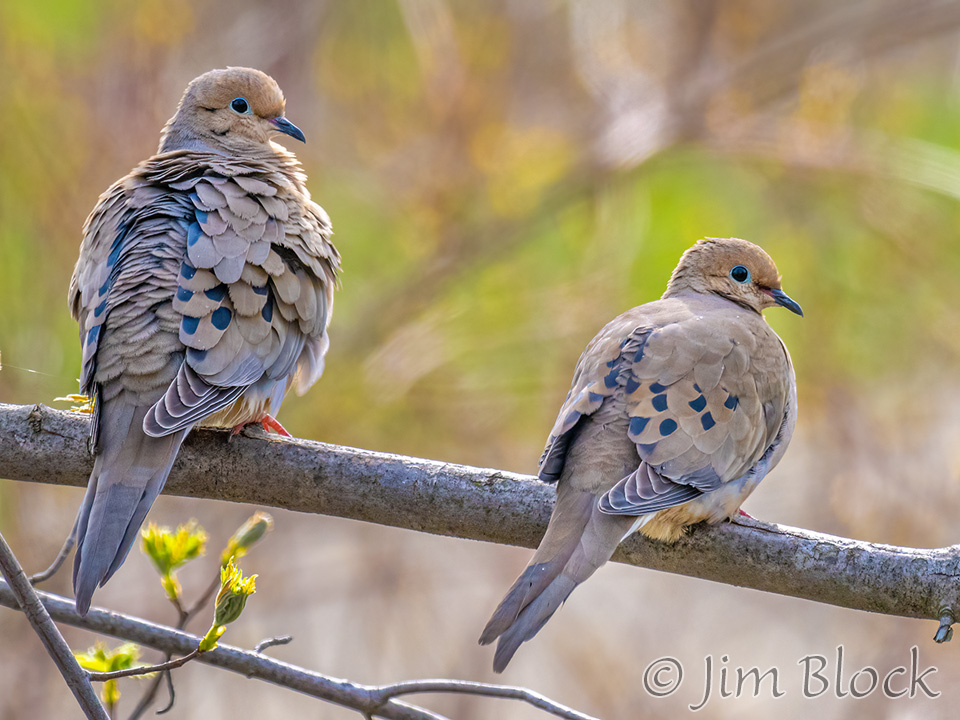
There were numerous Common Grackles present. Here are three photos of these surprisingly colorful birds — in a nest in a snag, walking along a log near the water, and singing in a tree.
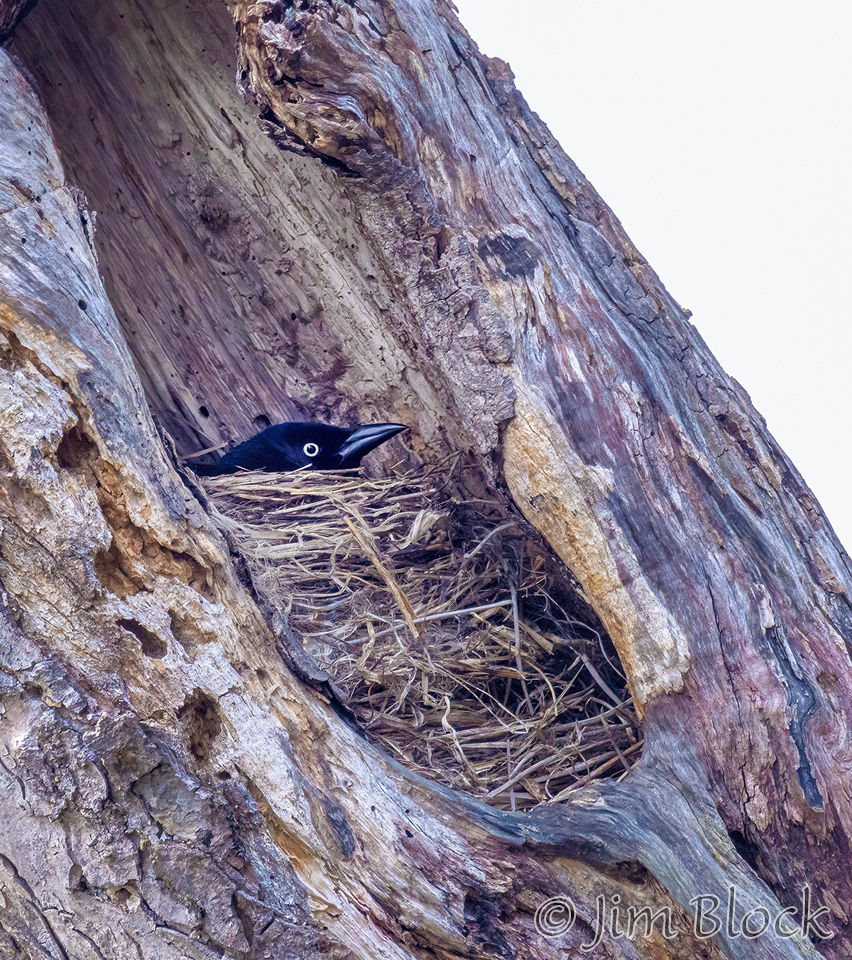
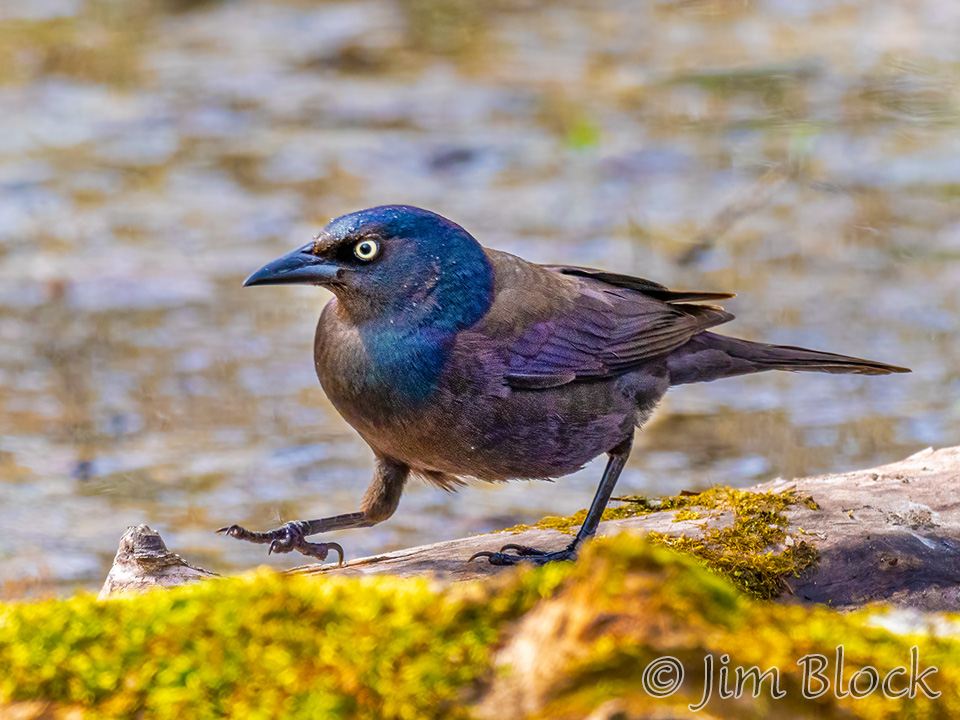
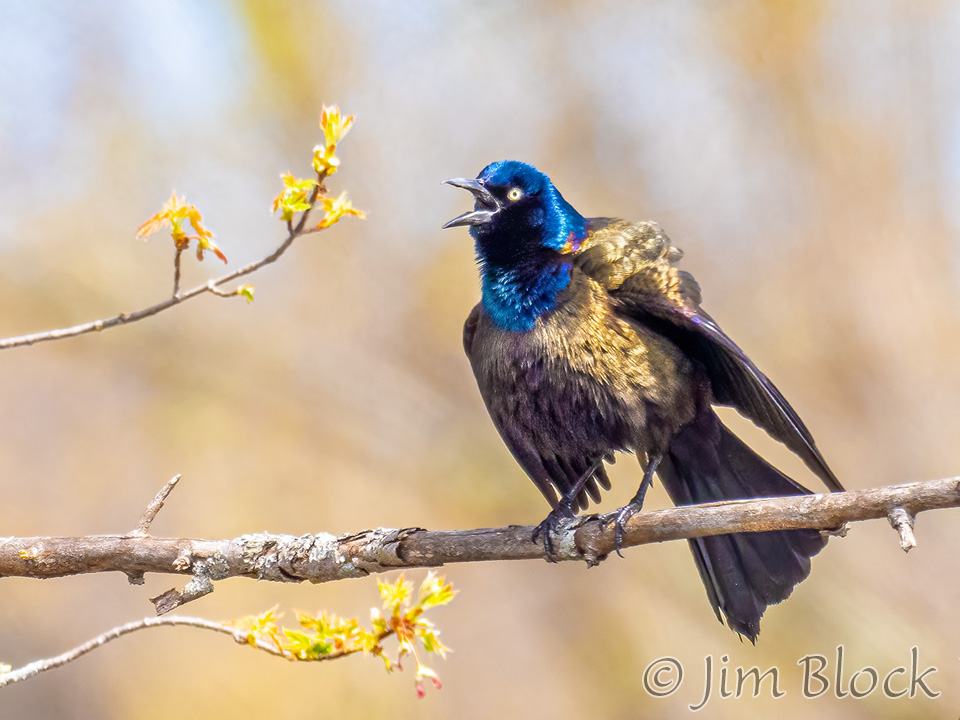
We found a Warbling Vireo.
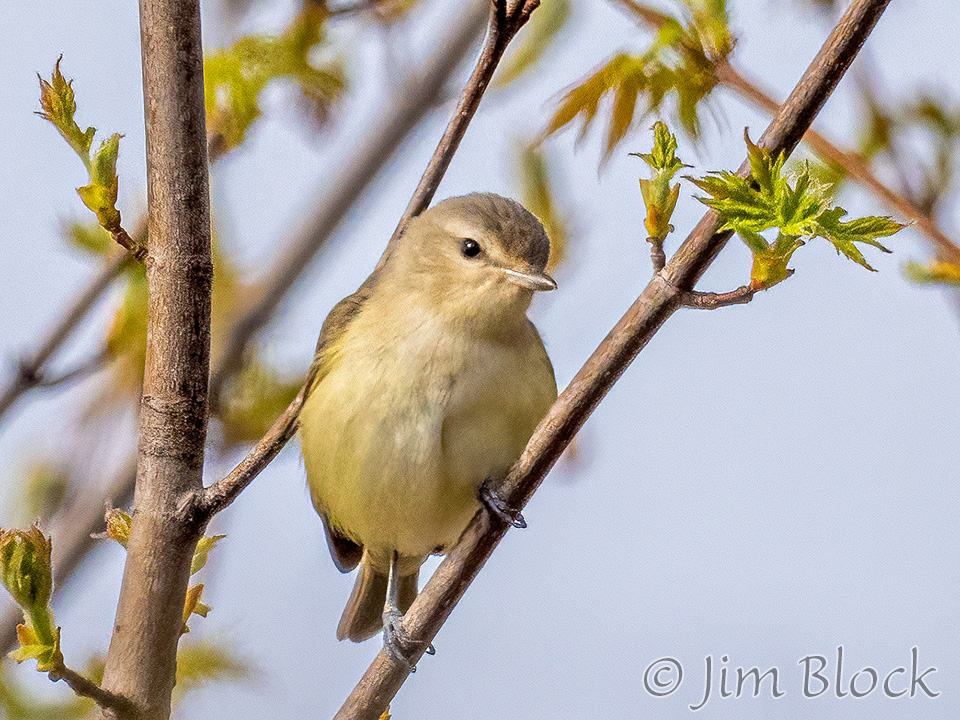
I was able to photograph a Veery from the road along the water’s edge.
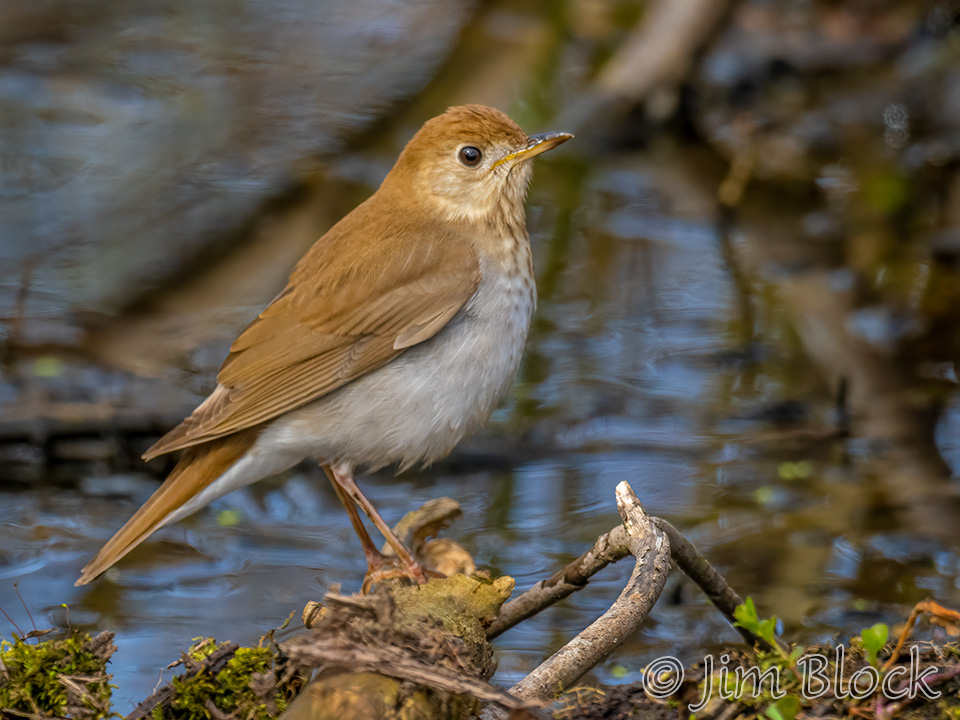
Here is a sequence of the Veery with an insect.
We found the Veery, a fairly plain brown thrush, while looking for a singing Northern Woodthrush, a striped-breasted warbler. Here is the Northern Woodthrush.
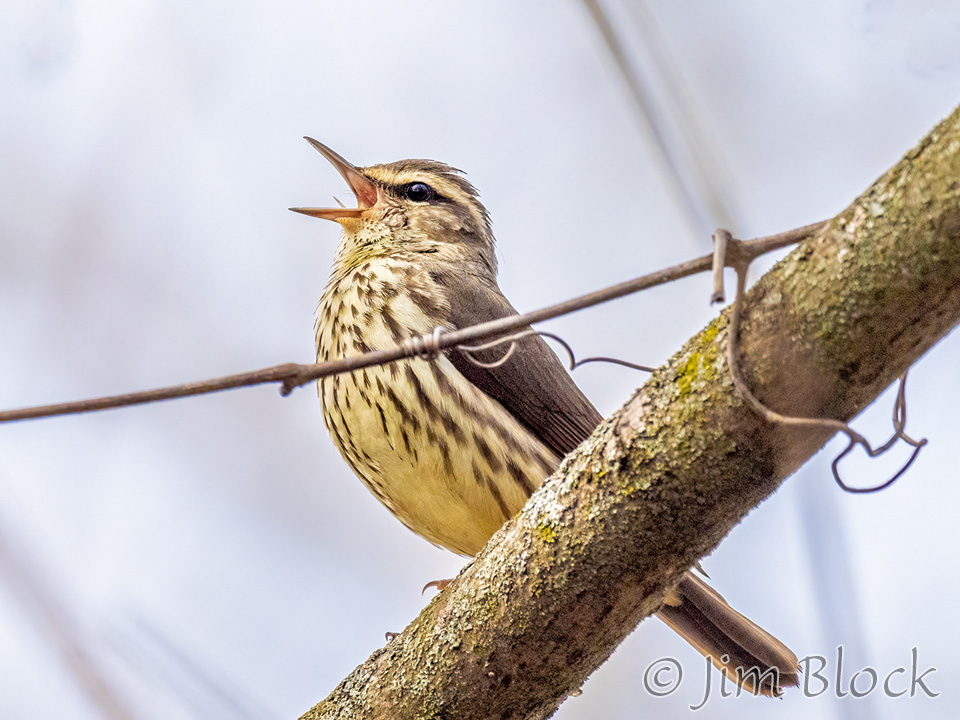
I photographed Warbling Vireos along the rail trail in Lebanon.
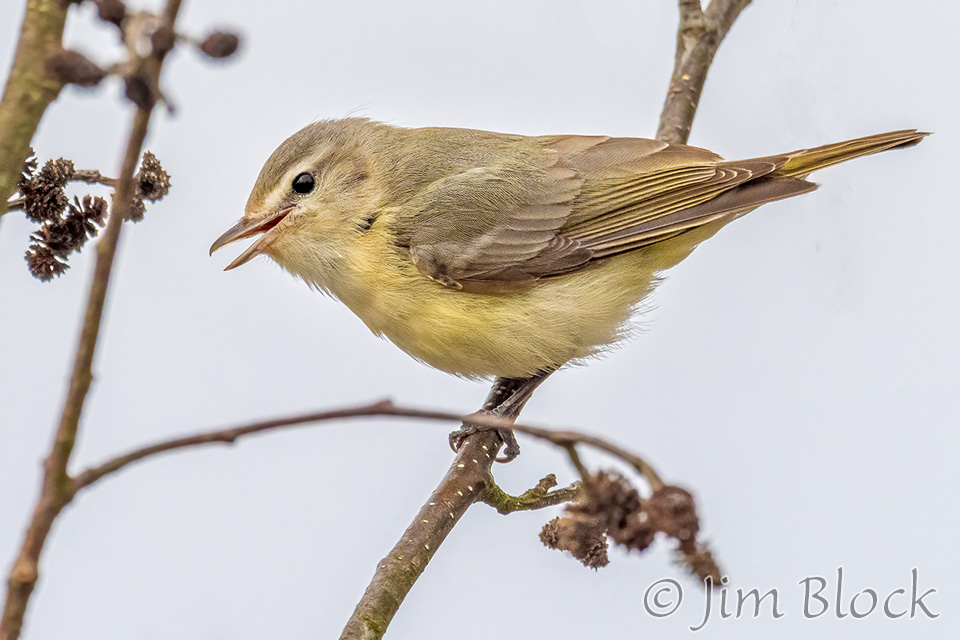
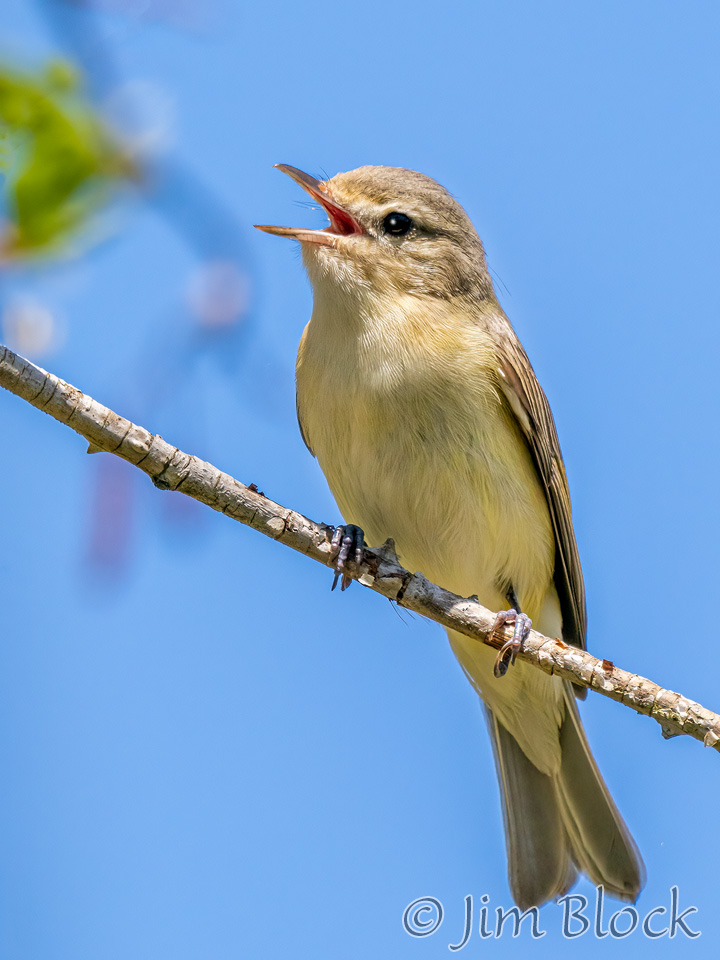
I photographed an Eastern Phoebe in our Etna yard with a strange object in it bill. I believe it is nest material rather than a weird-looking insect.
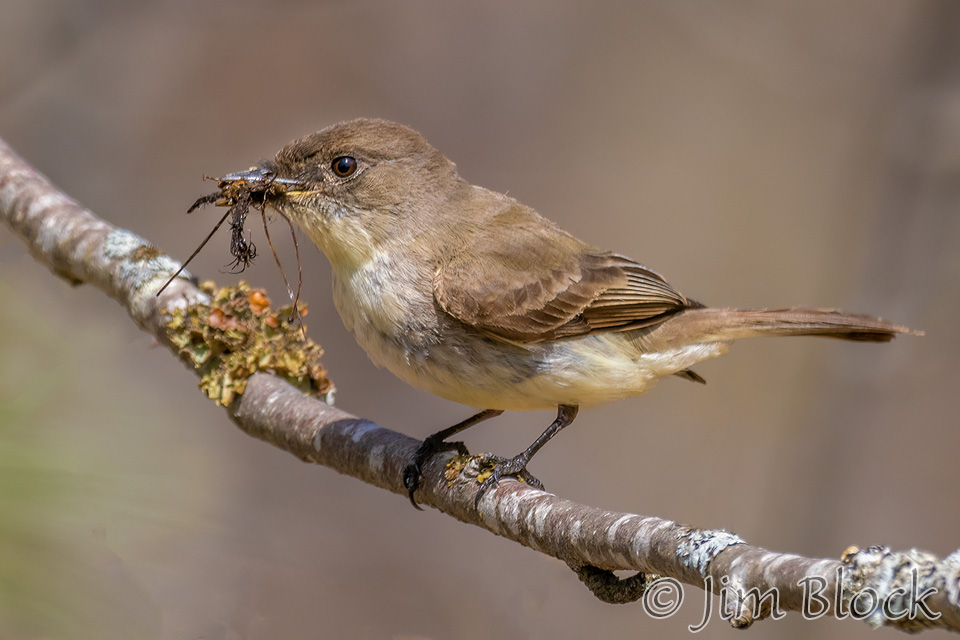
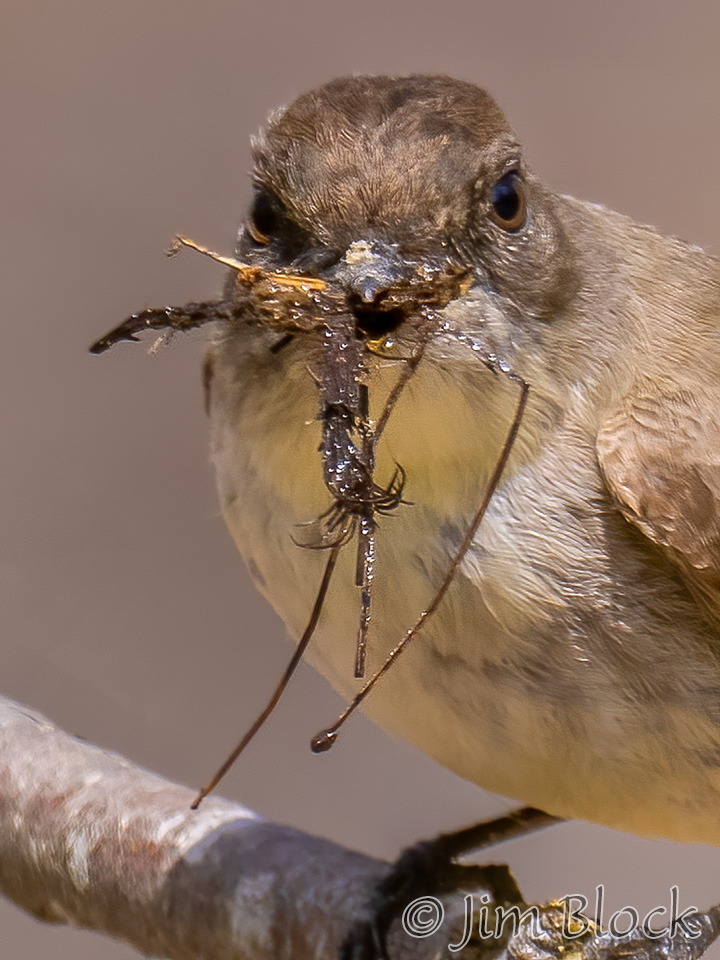
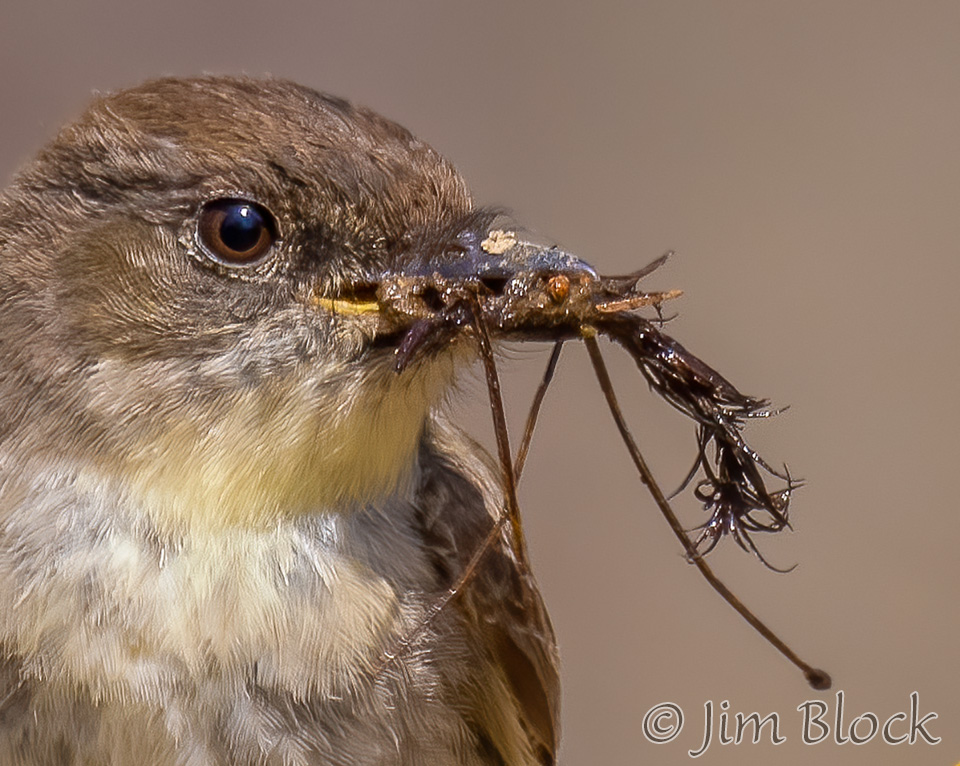
Here is a phoebe in its nest on a platform I built under the eaves of our shed.
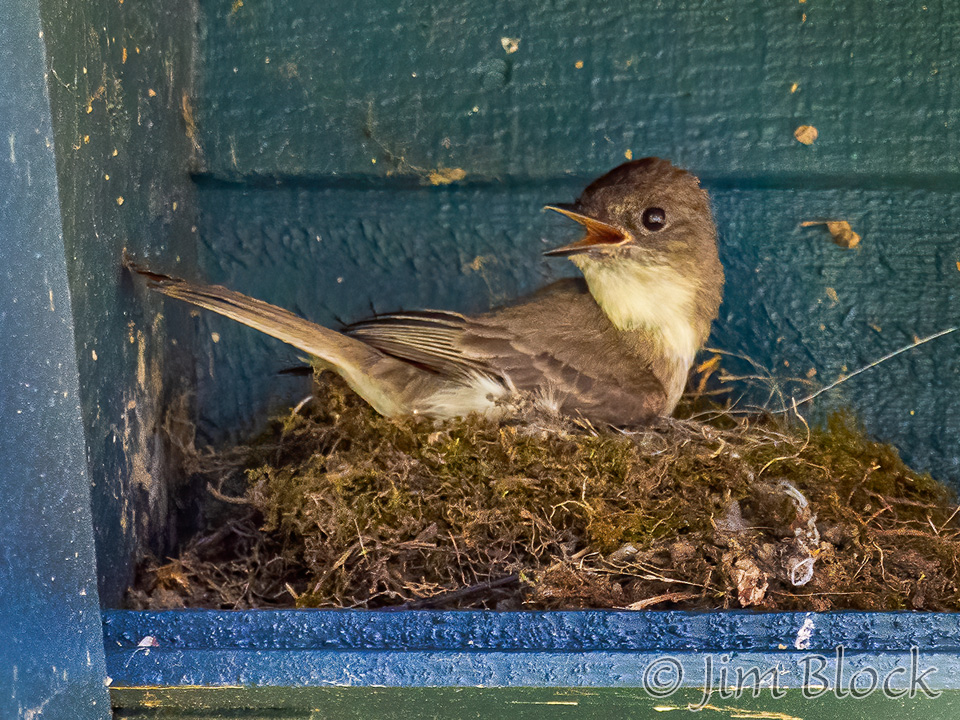
I also found a phoebe in Warner.
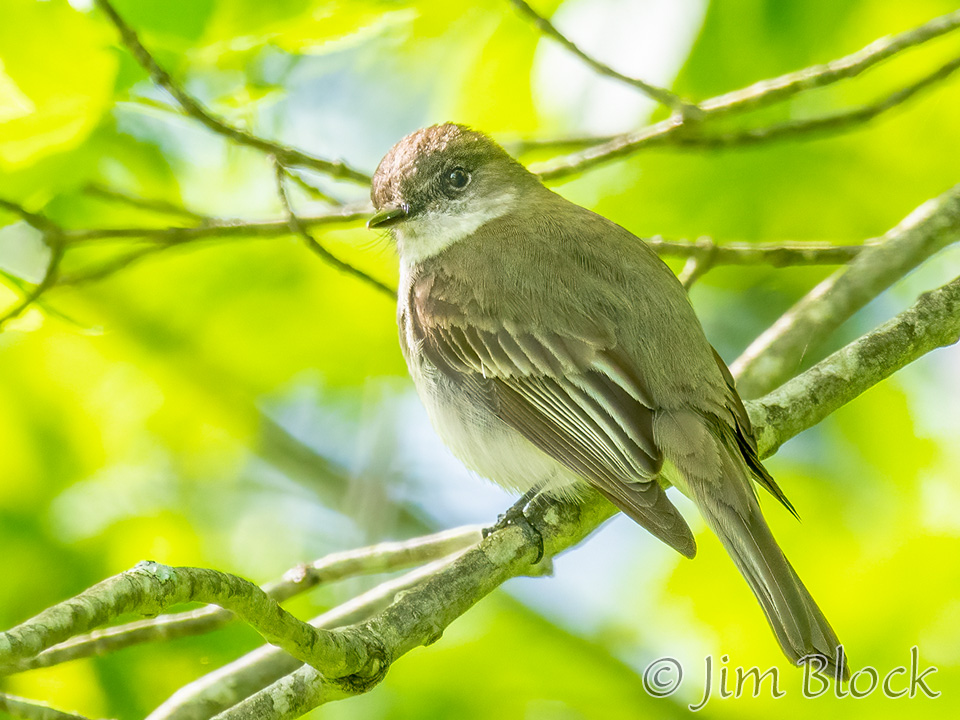
Blake Allison reported hearing a Virginia Rail near Post Pond in Lyme. I was heading to Crossroad Farm the next morning, so I stopped by early and got lucky. It was in plain sight along the fishing access road.
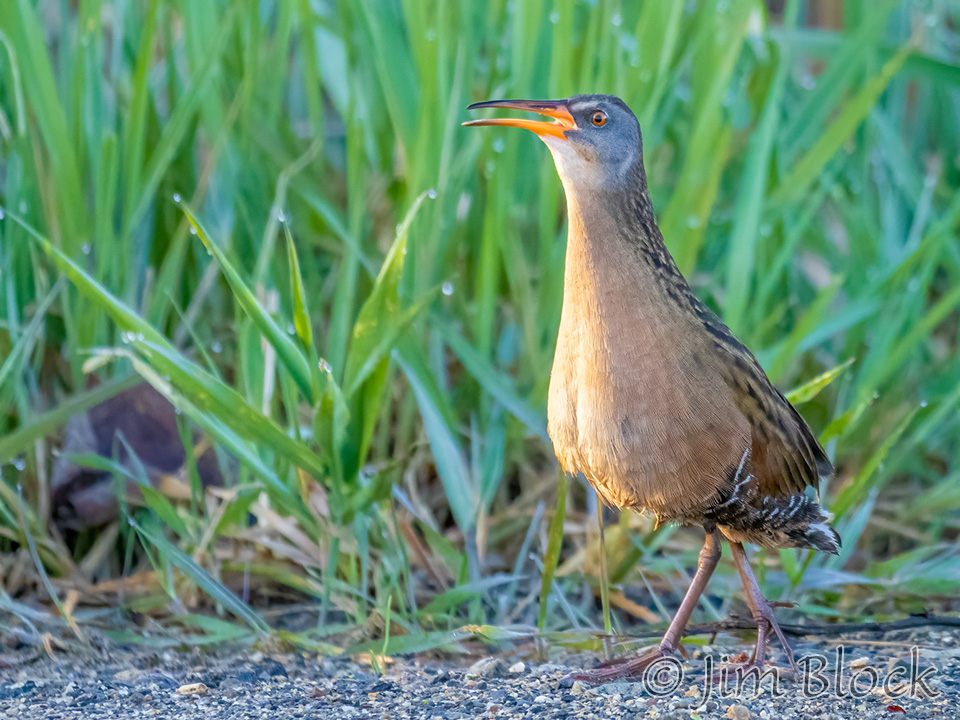
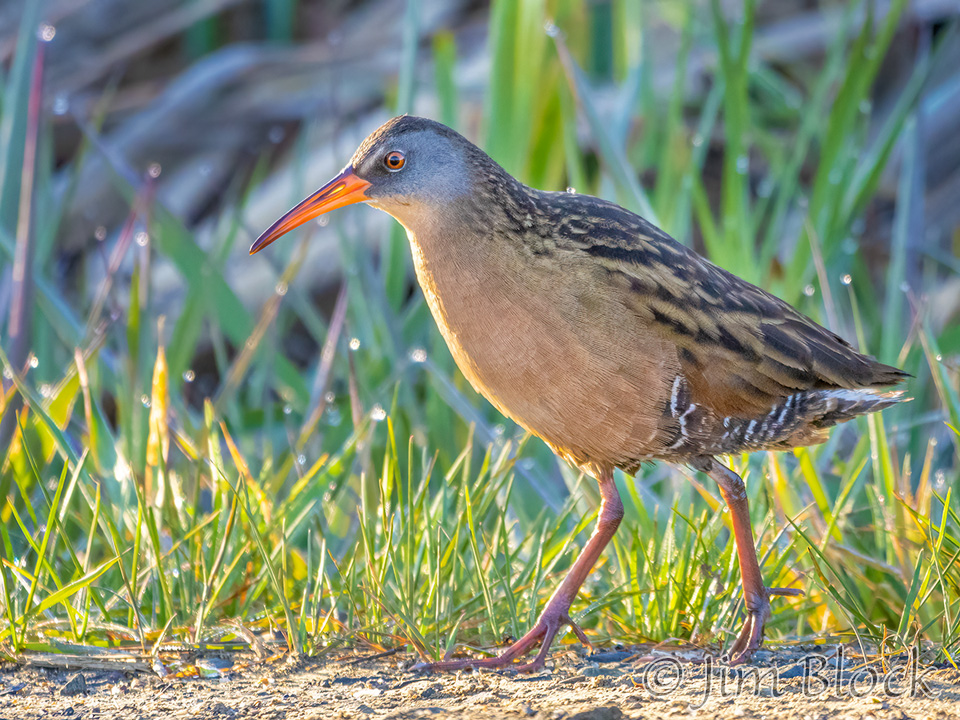
Heading out very early one morning for a trip down the river and into Vermont (coming in a future blog), I found a beautiful Barred Owl near our Etna home.
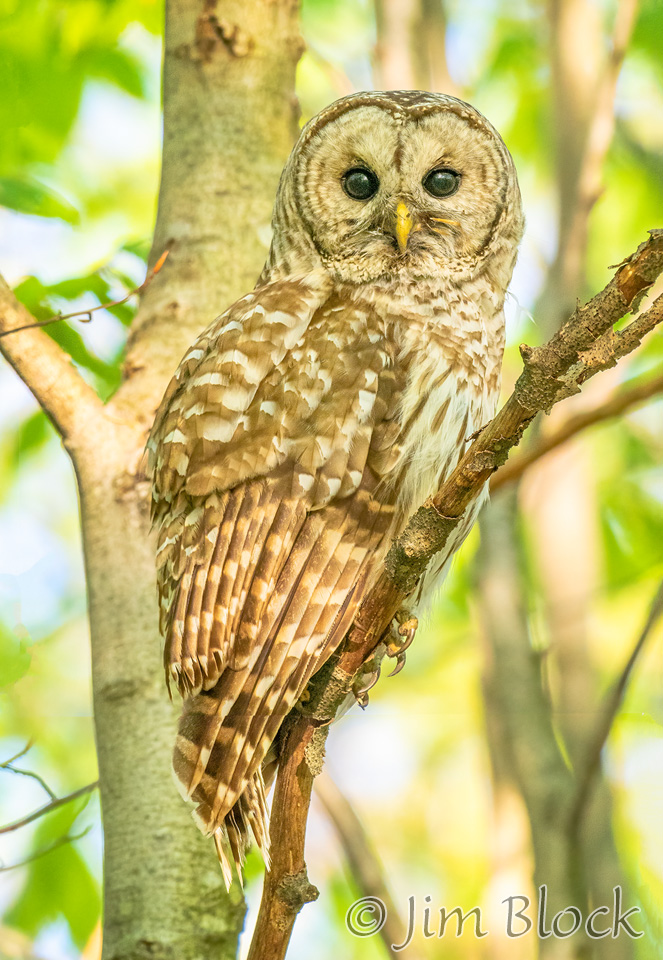
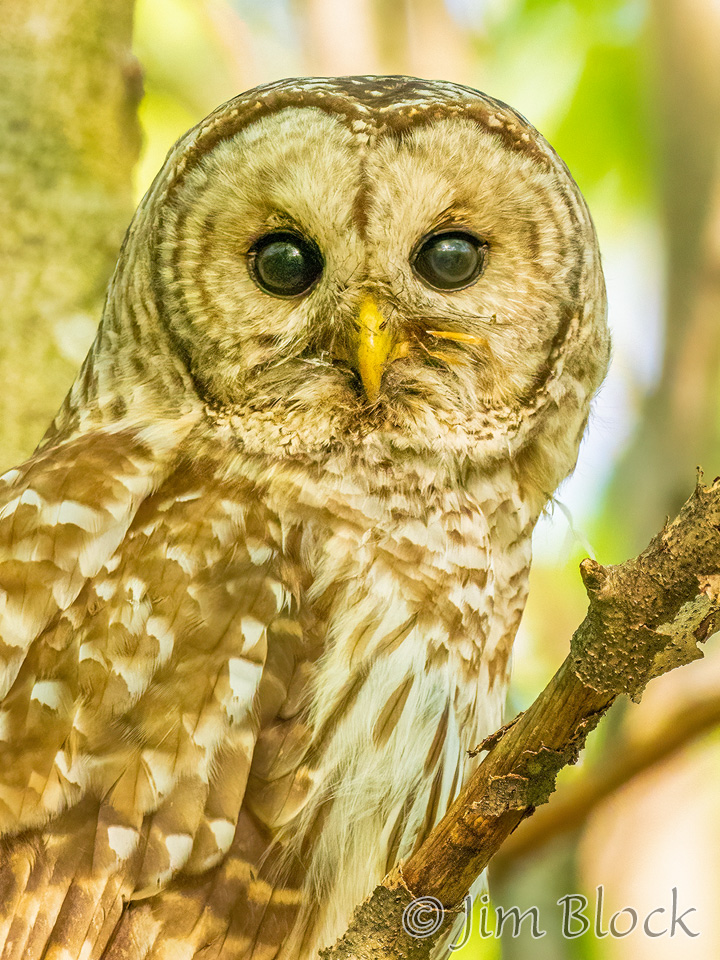
At Boston Lot I found at least one Veery. I’m not sure if these three photos show the same bird. I know two do.
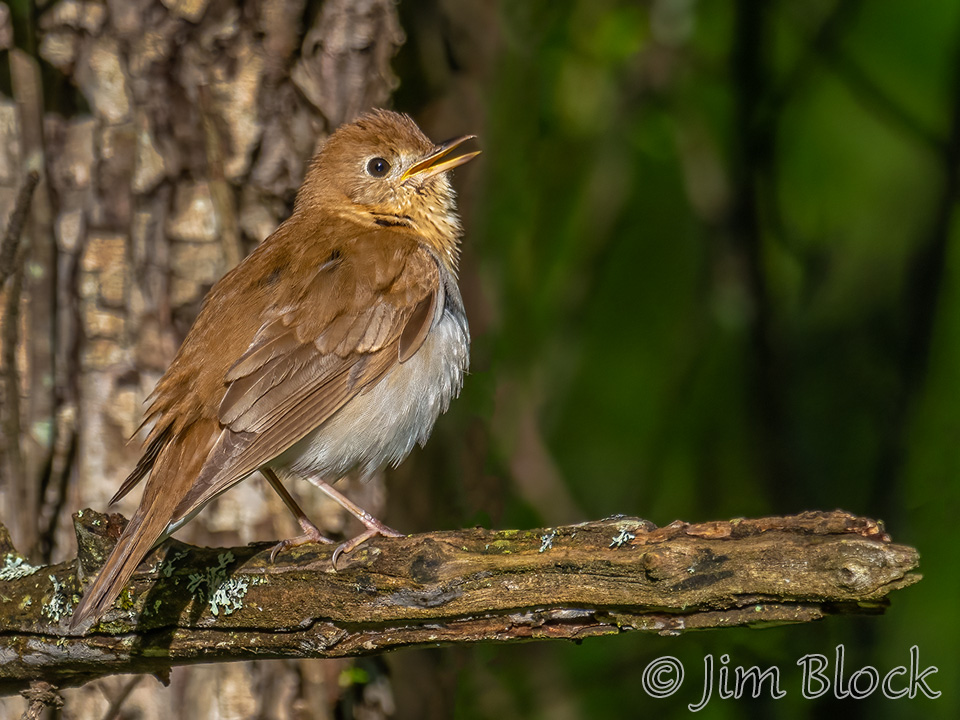
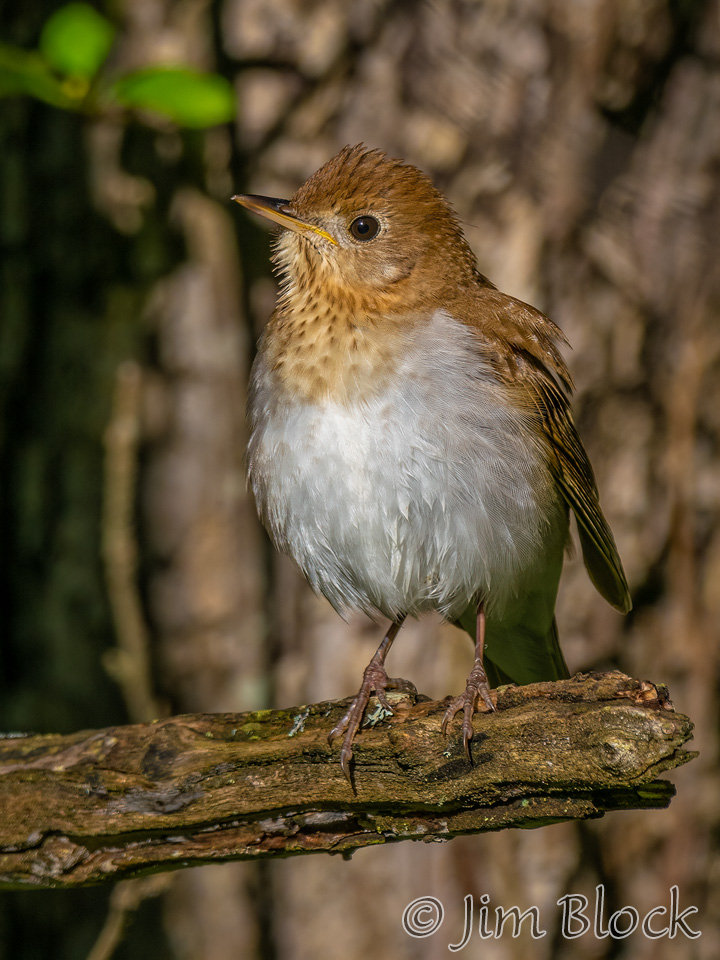
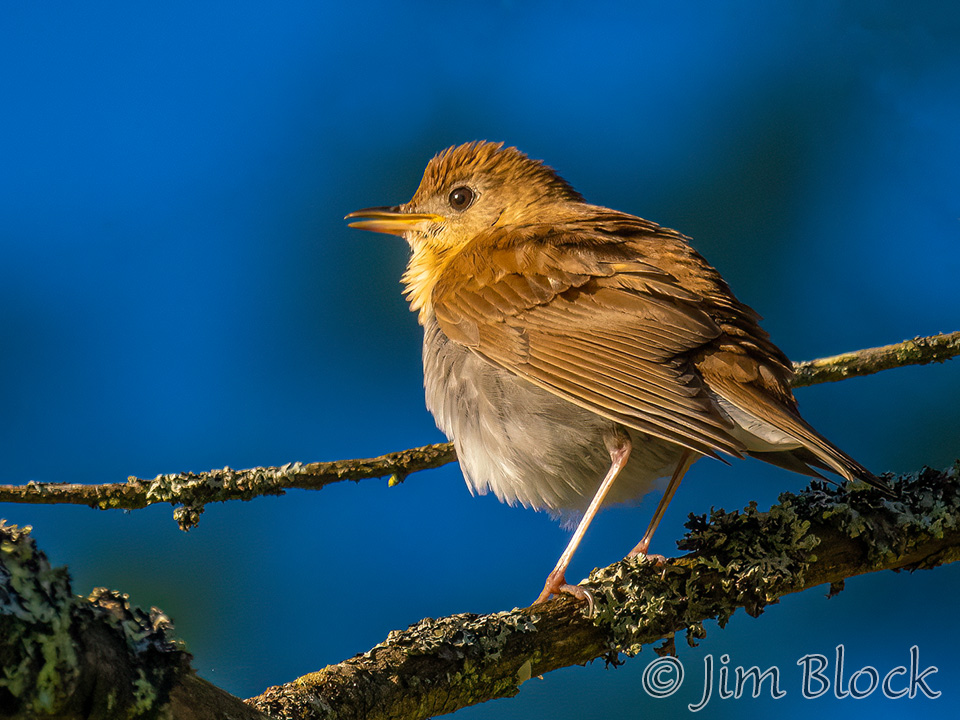
I photographed Ovenbirds at the King Bird Sanctuary in Etna …
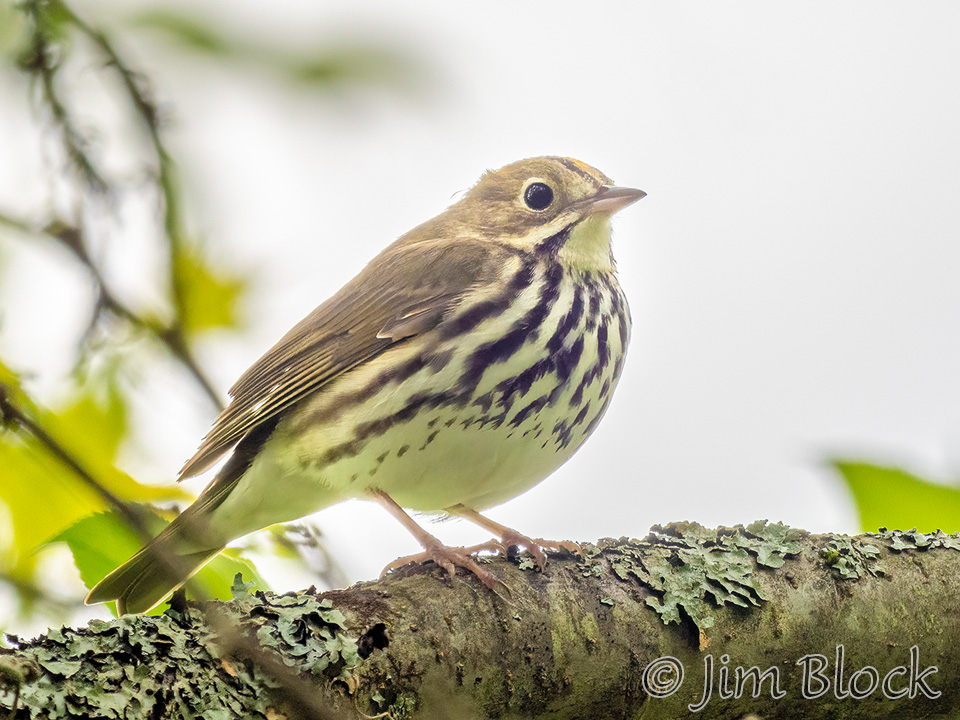
… and five days later in Sunapee.
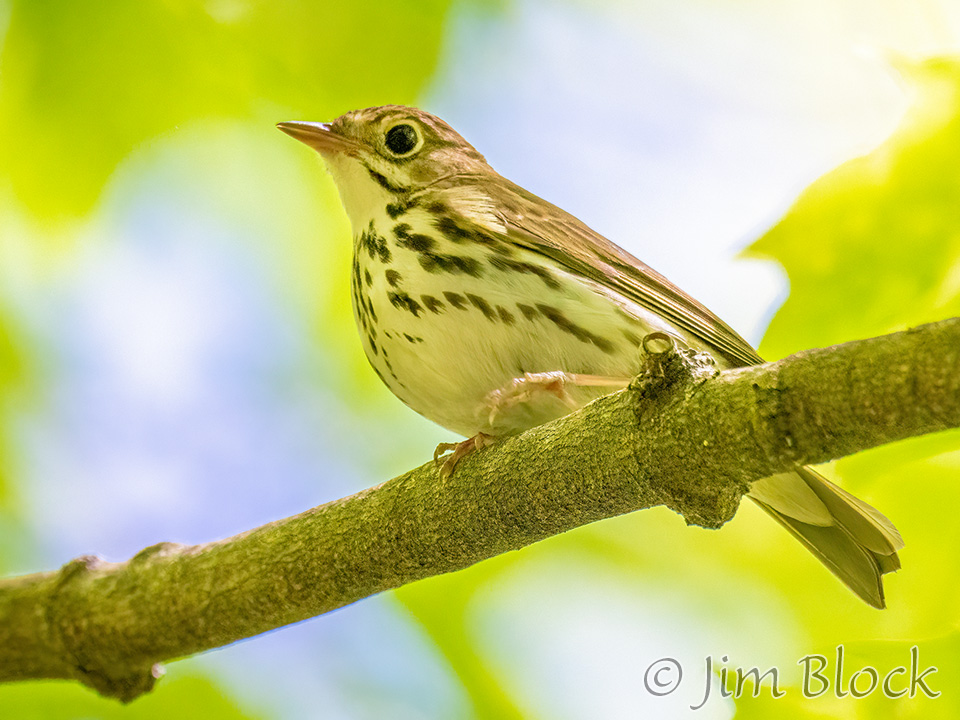
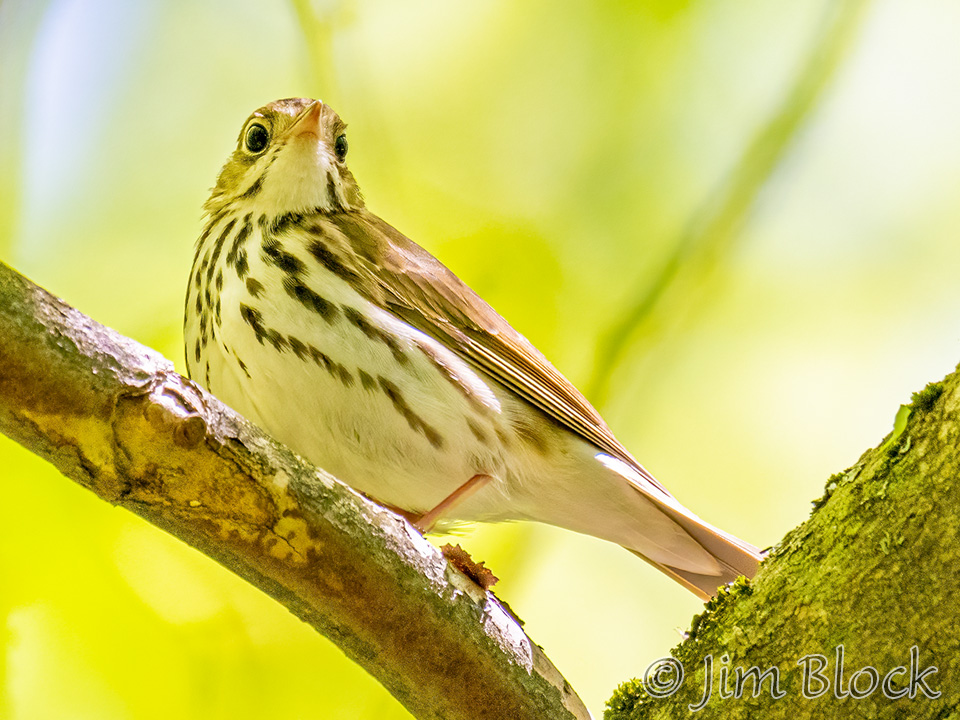

In Warner I photographed a bird that might be called a red-headed sparrow, but it was actually a Chipping Sparrow.

Here is another Chipping Sparrow from Warner.
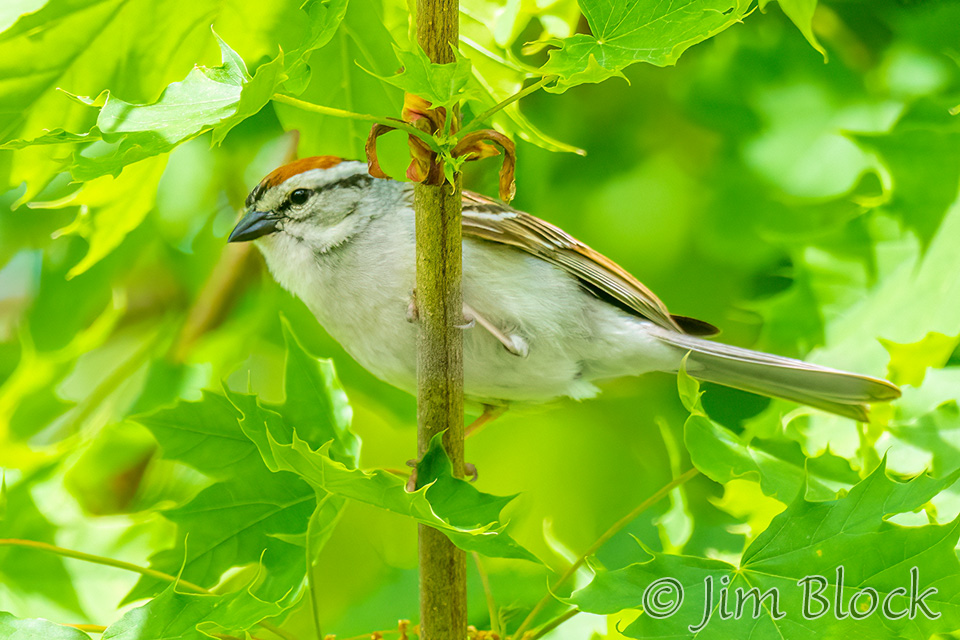
I found Pine Warblers in Sunapee. Here are five photos.
Perhaps the most unusual set of photos I took during the last couple weeks were of a Common Loon in Sunapee.
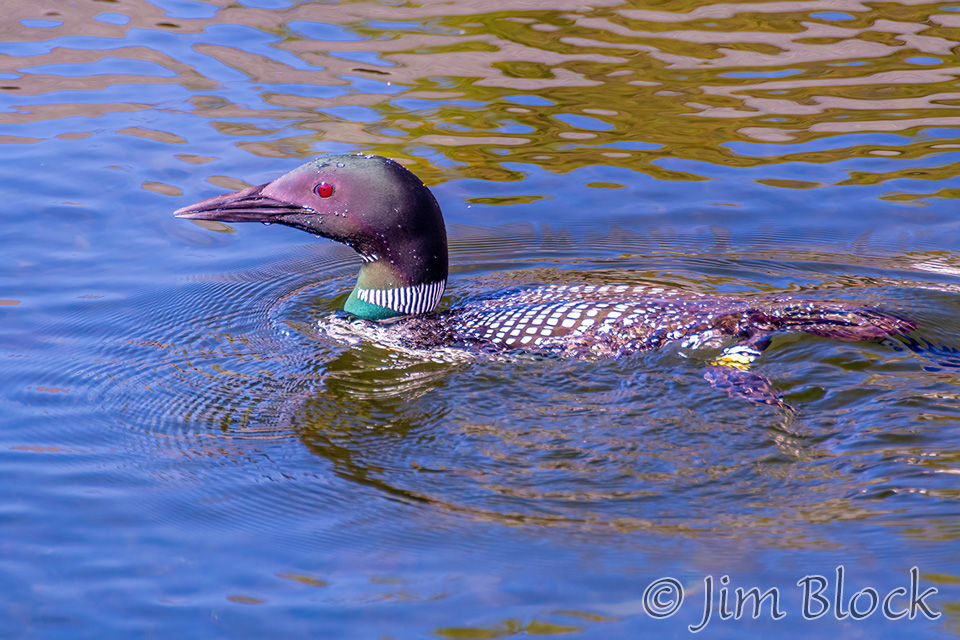
This is an uncropped photo taken with a fairly short lens. Was I in a kayak too close to the loon? No, the loon was close to me. I was standing innocently on a dock.
It dove and swam underwater at my feet only to surface not far away. Fortunately, I had a polarizing filter on my lens, so I was able to cut the reflections. If it had arms I think it would have been doing the breast stroke.
This area sees a lot of boat traffic and the loons have gotten used to the boats and mostly ignore them. You can tell if a loon feels disturbed because its head takes on a square shape. Here the head is nice and smooth.
